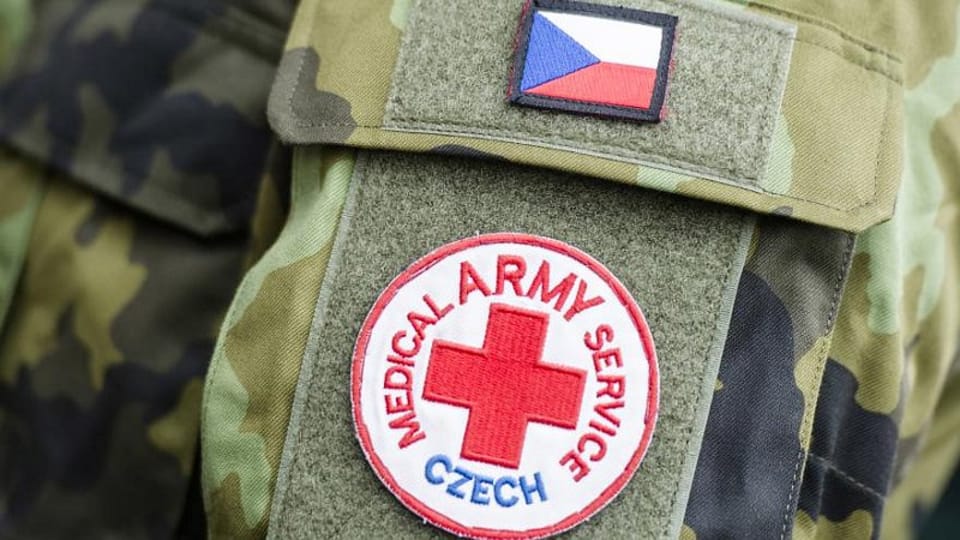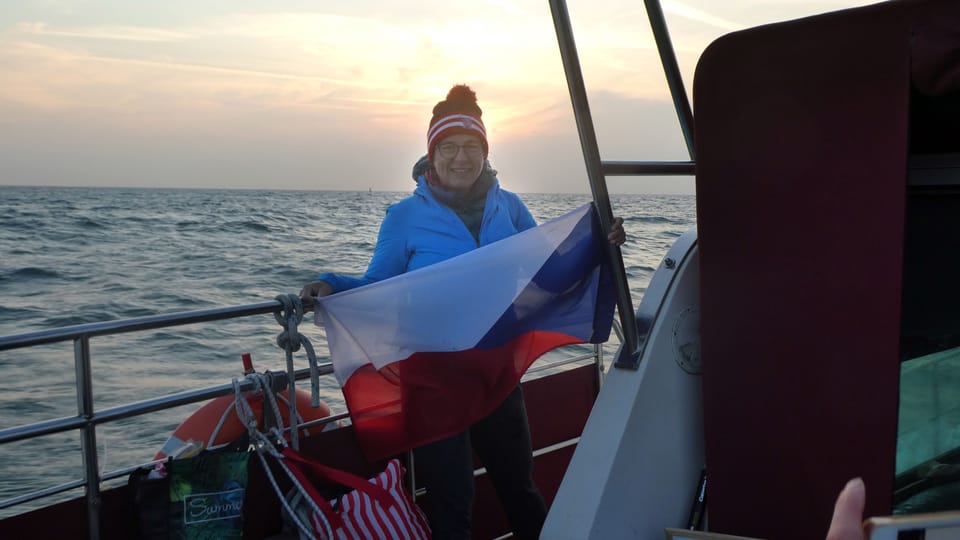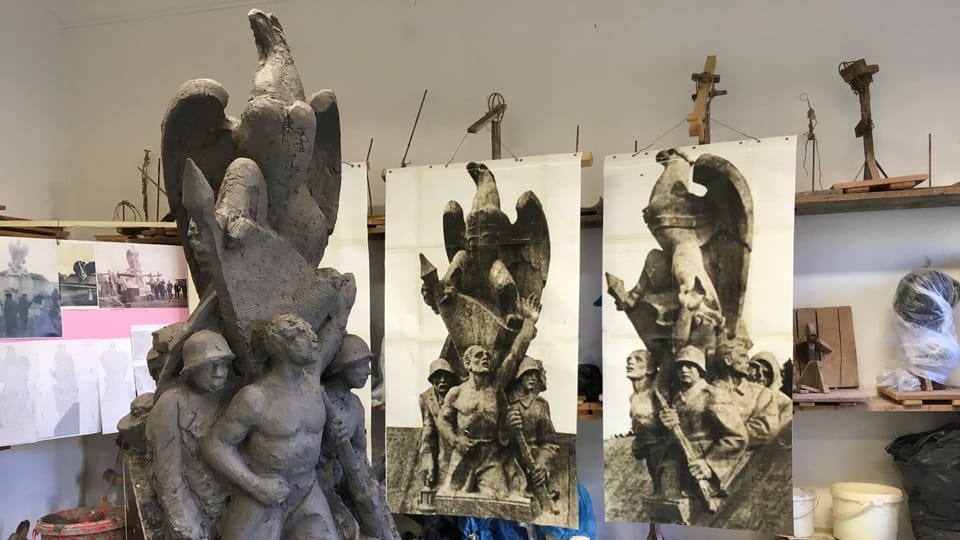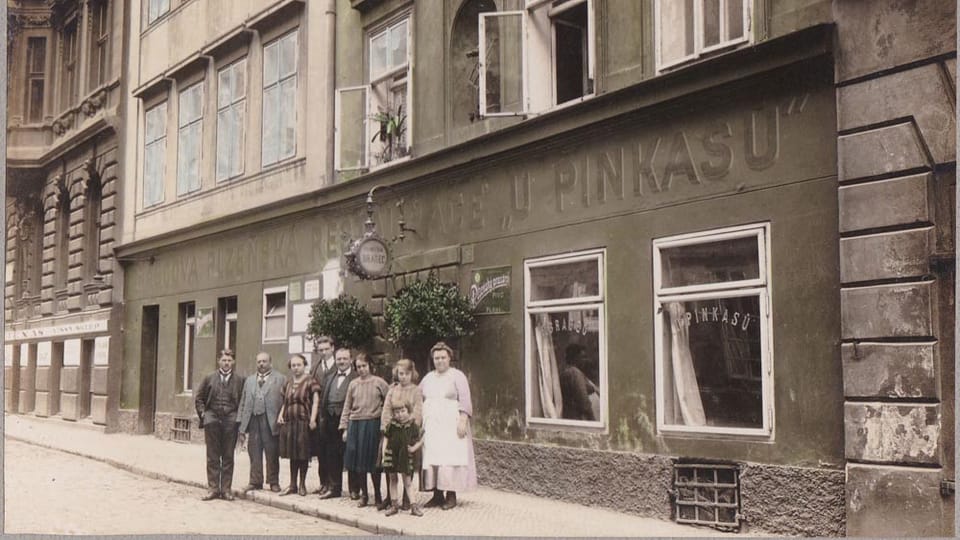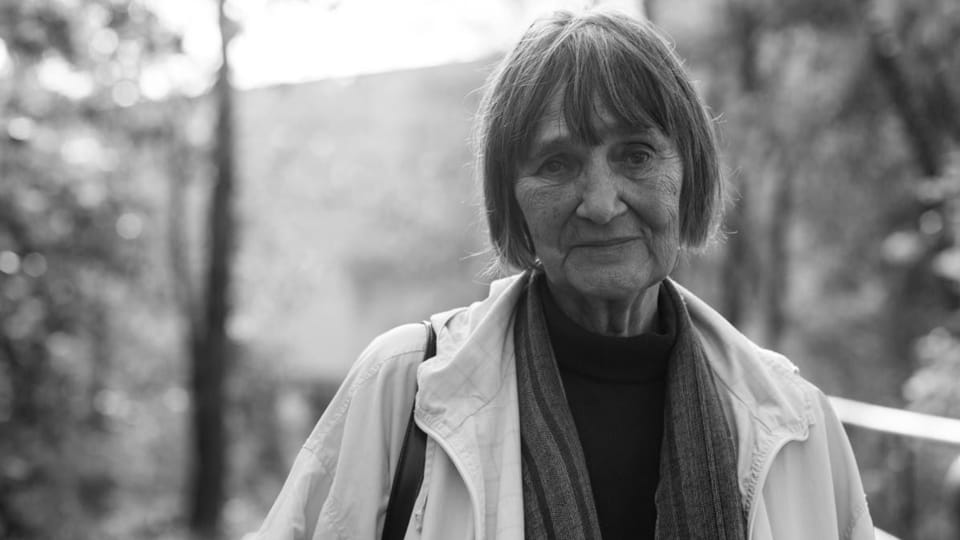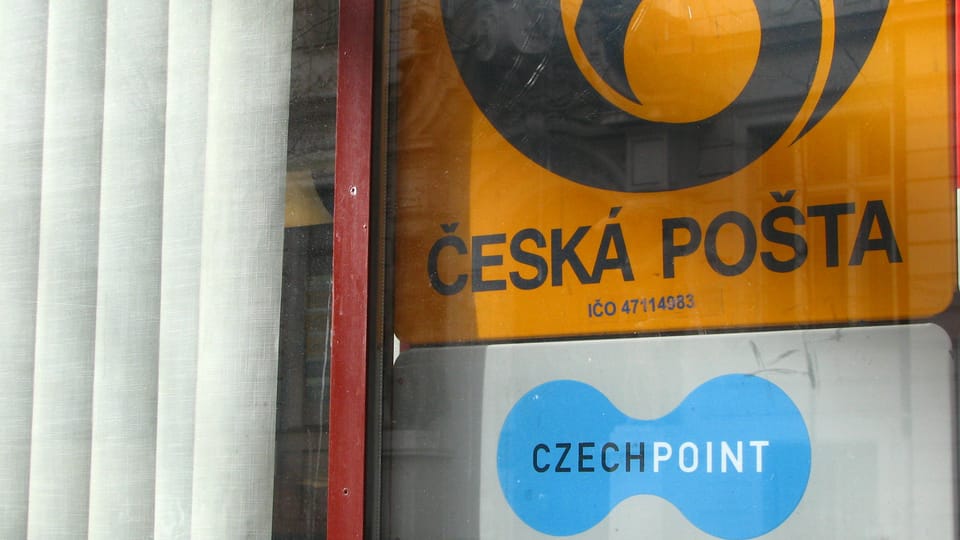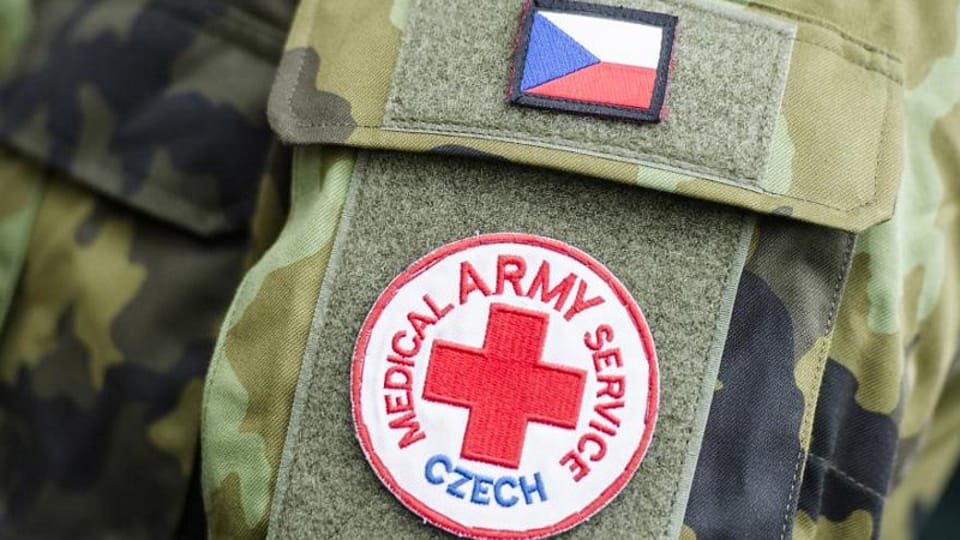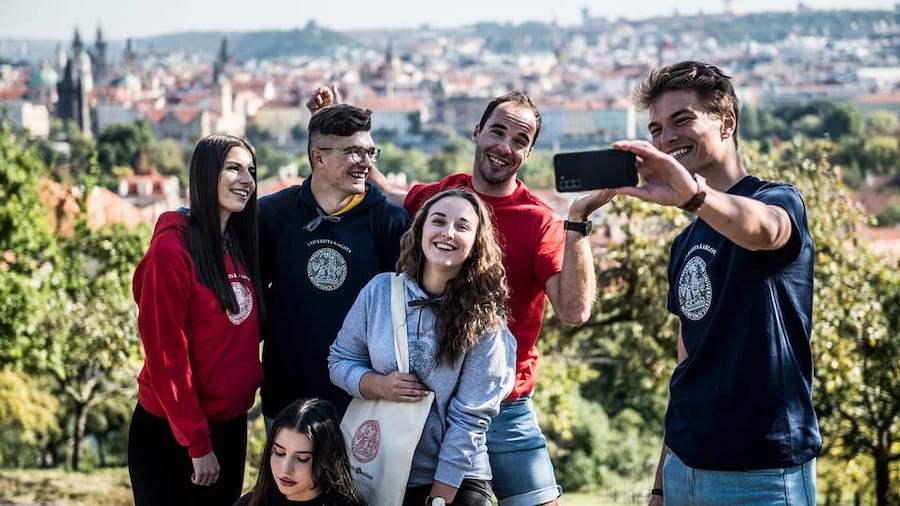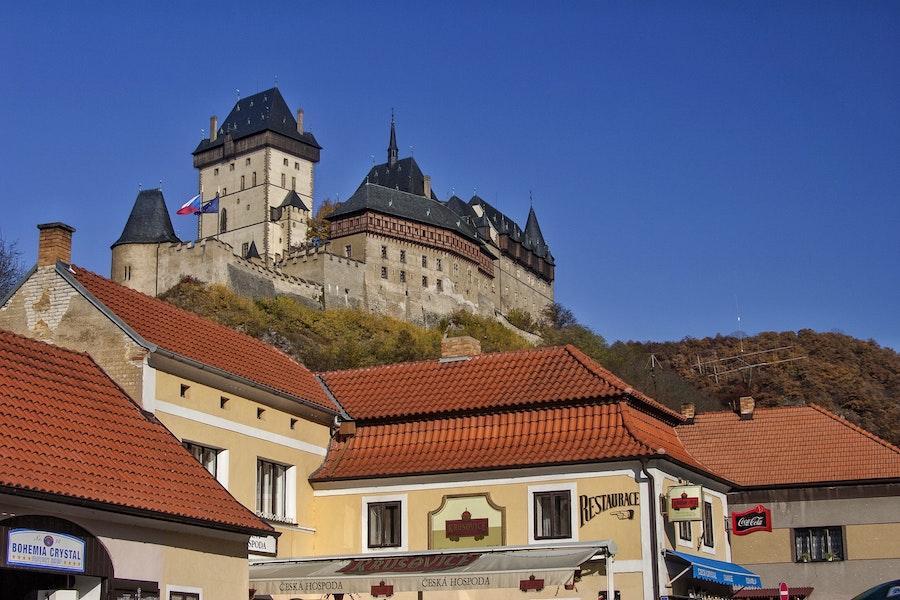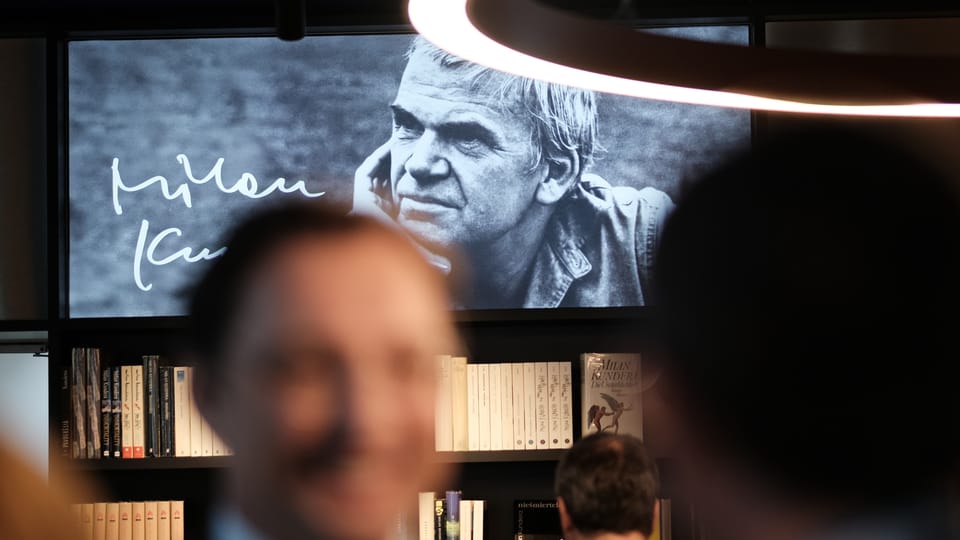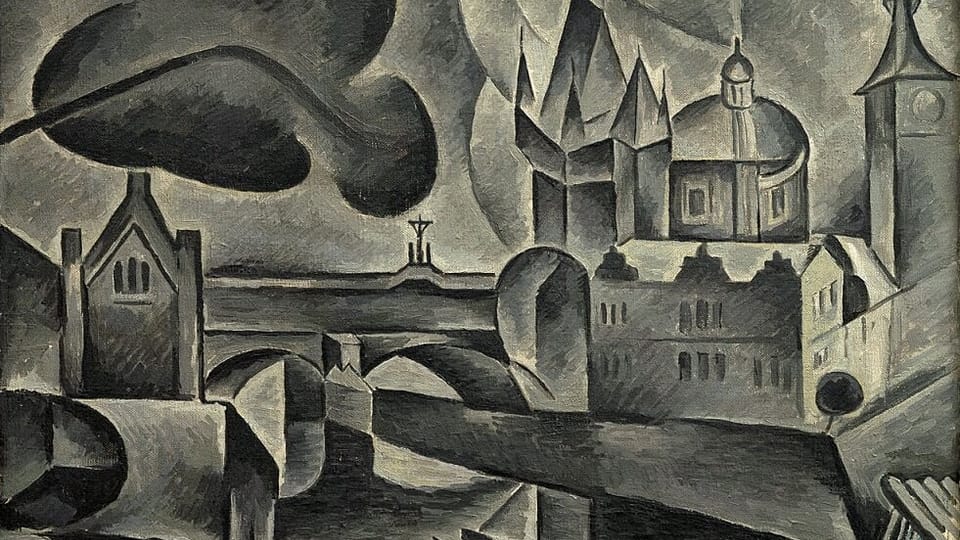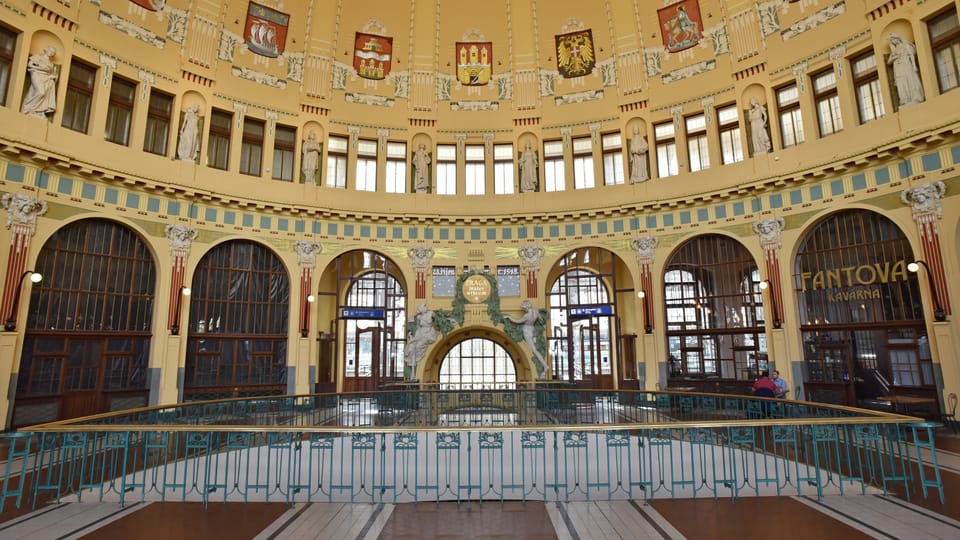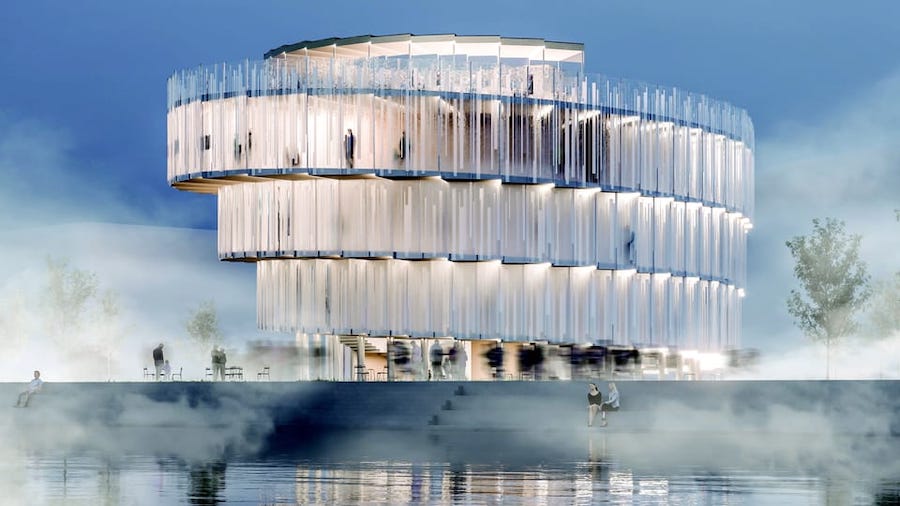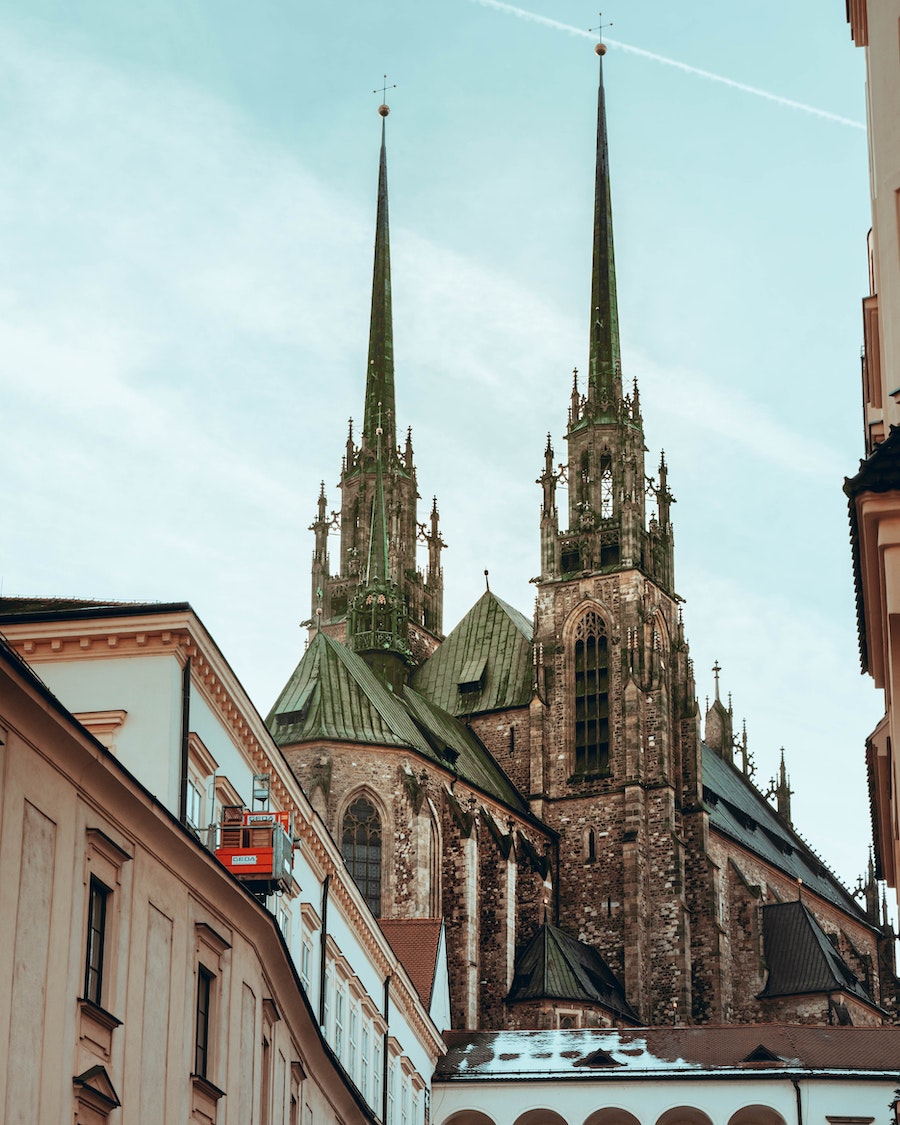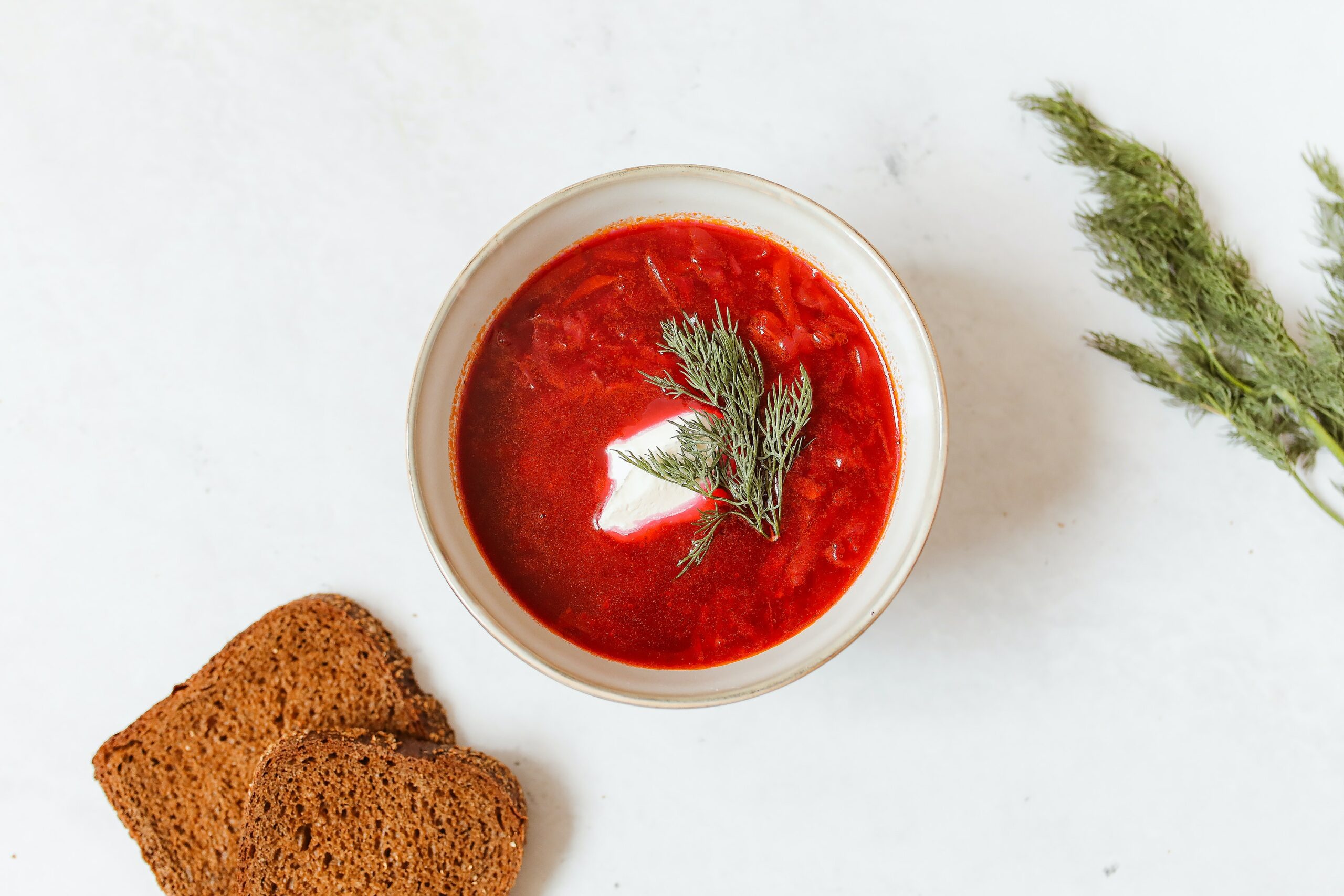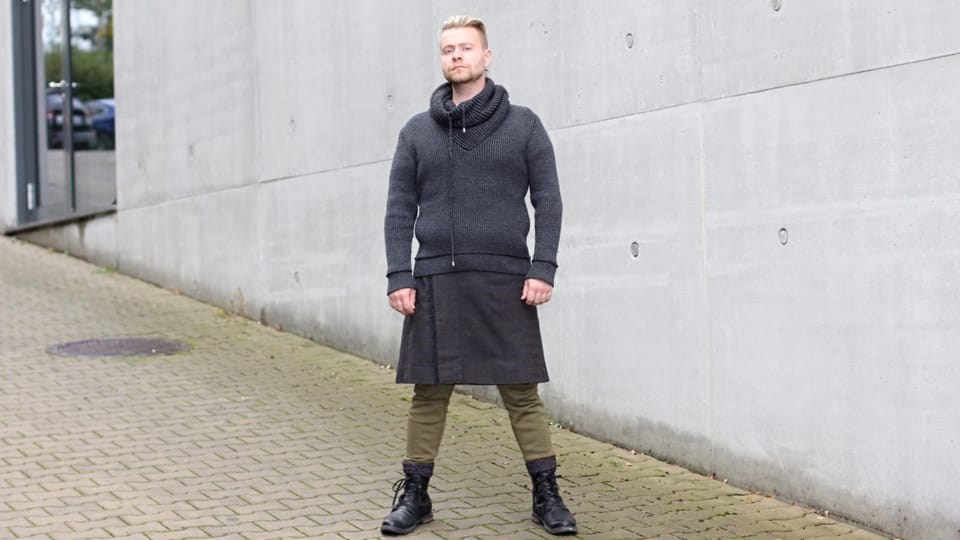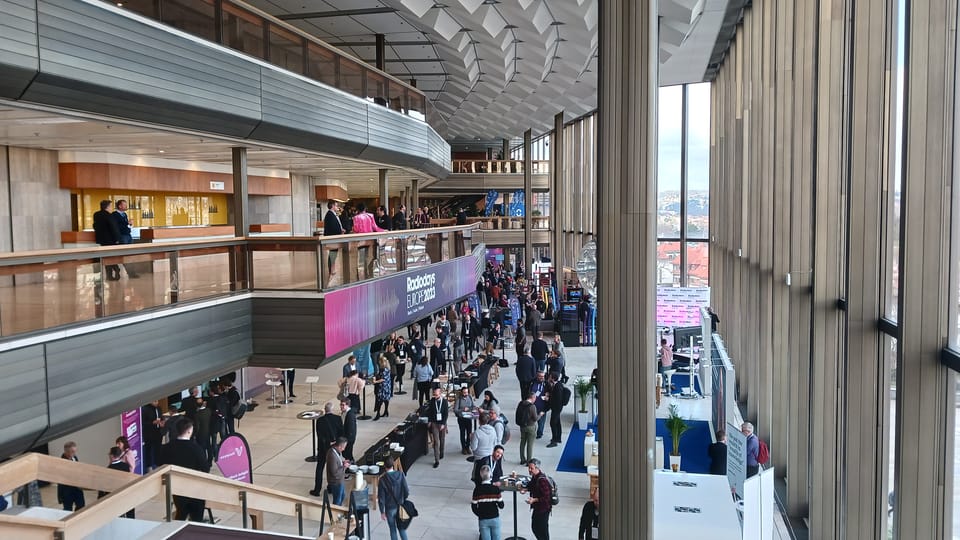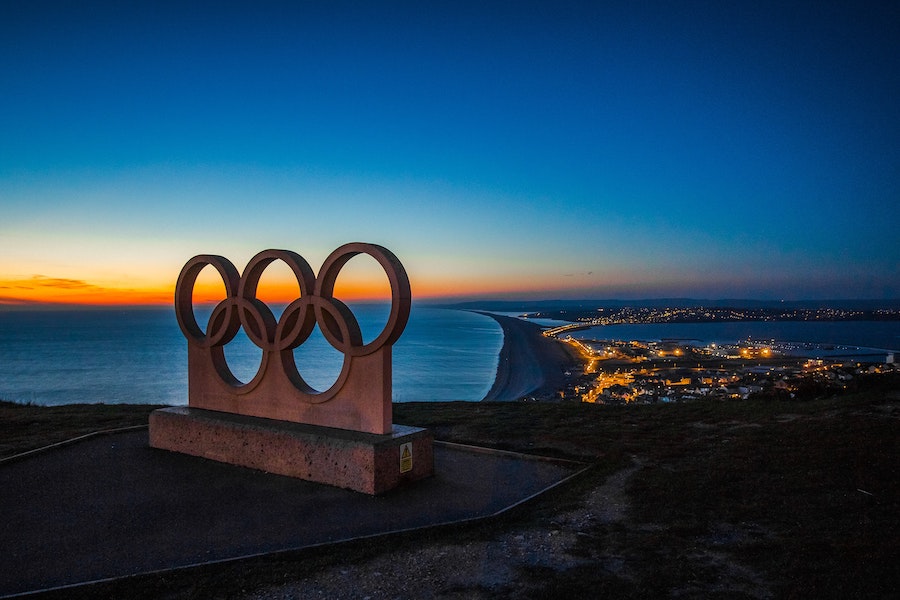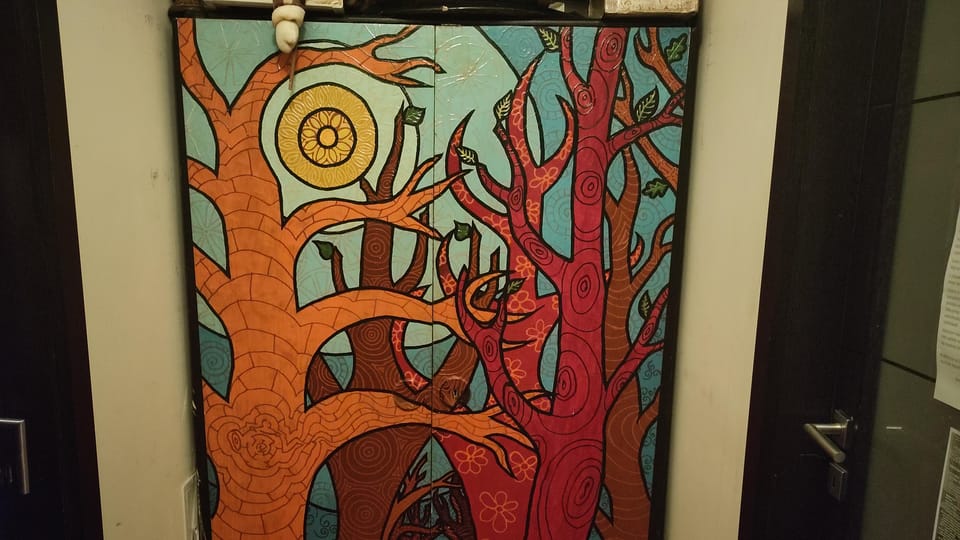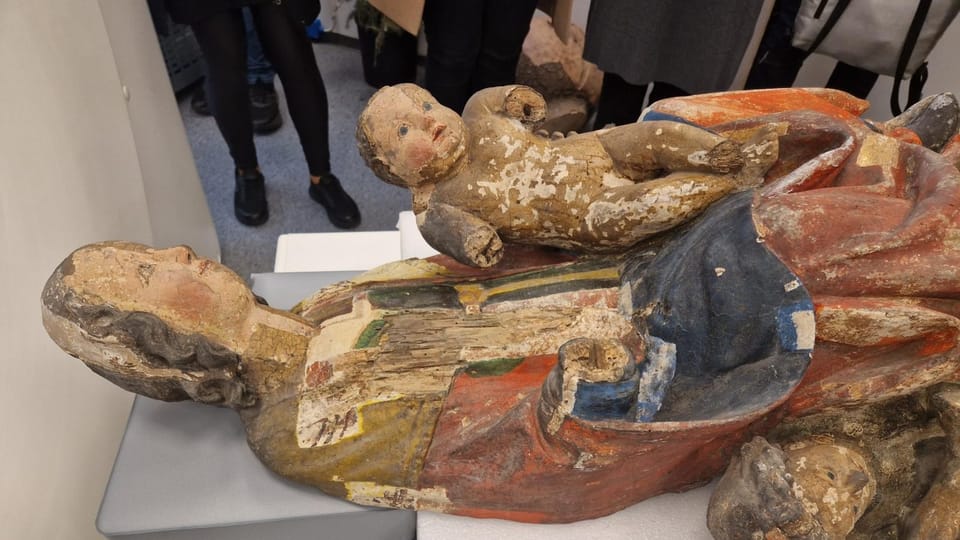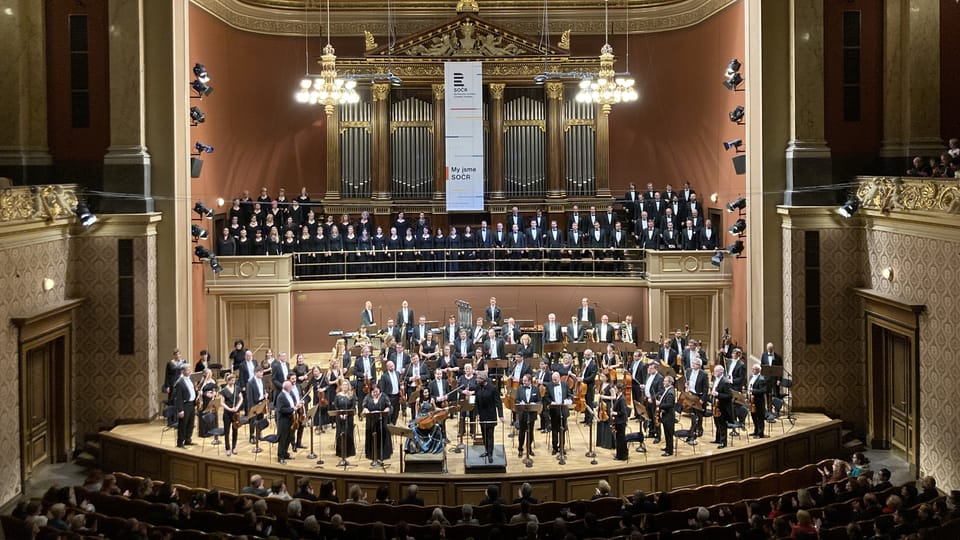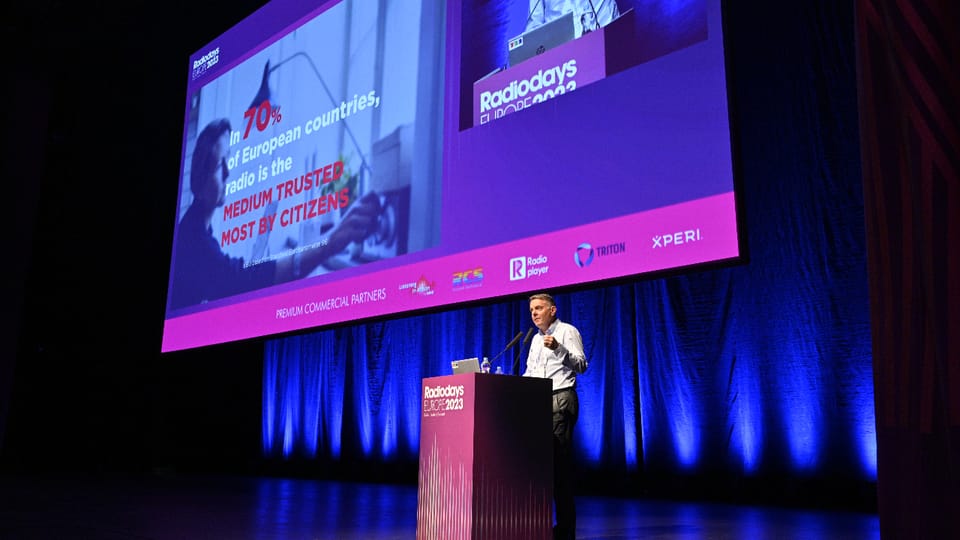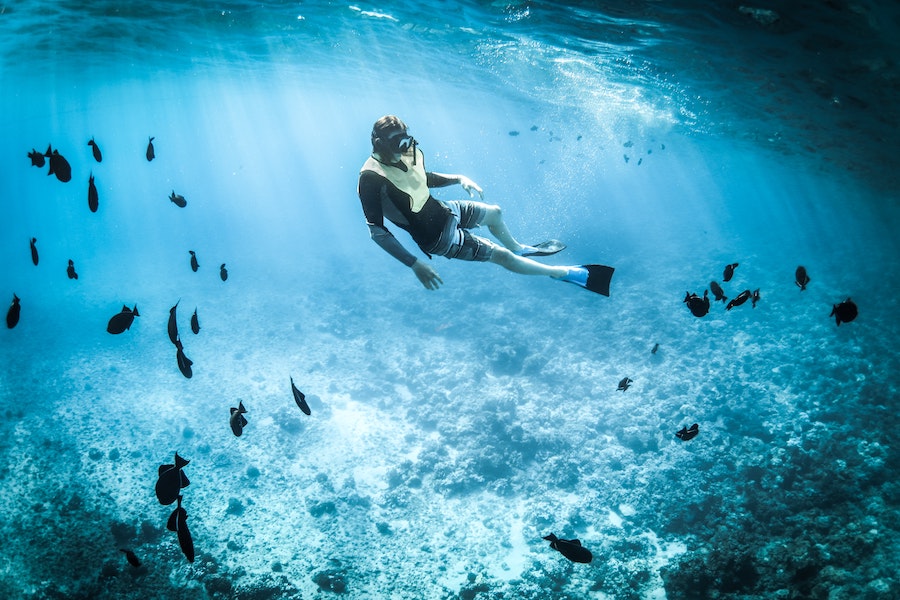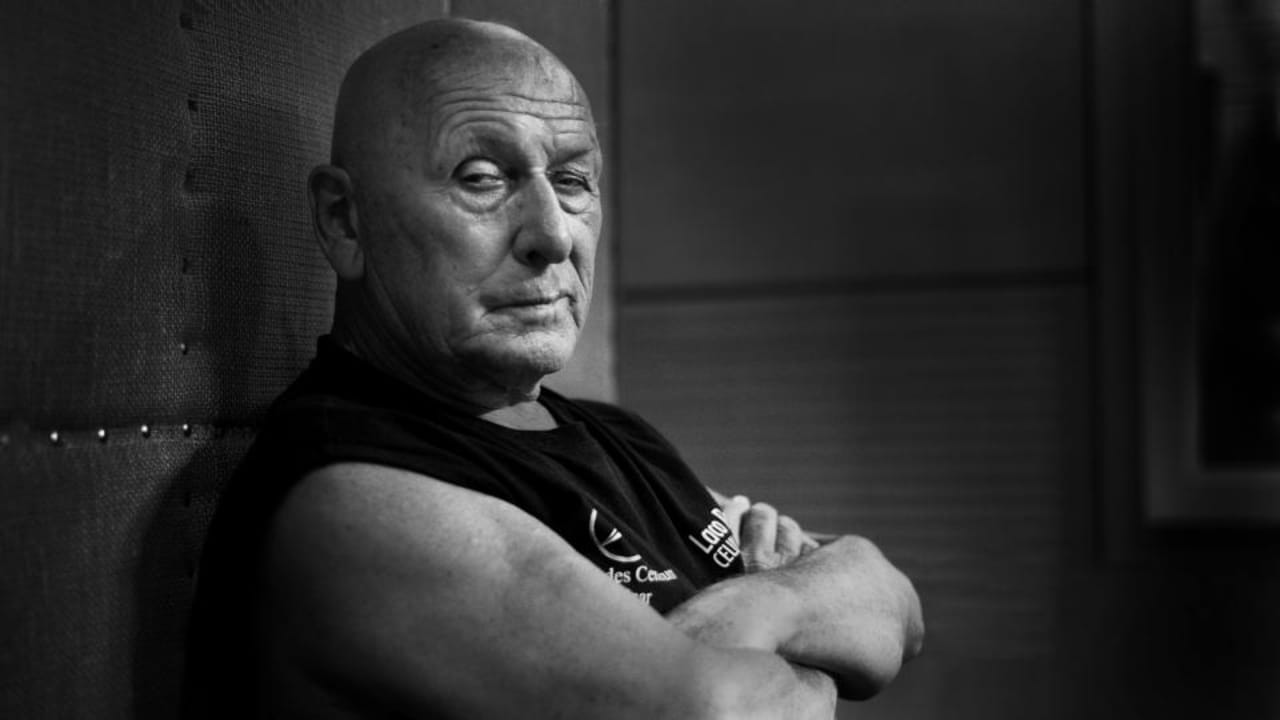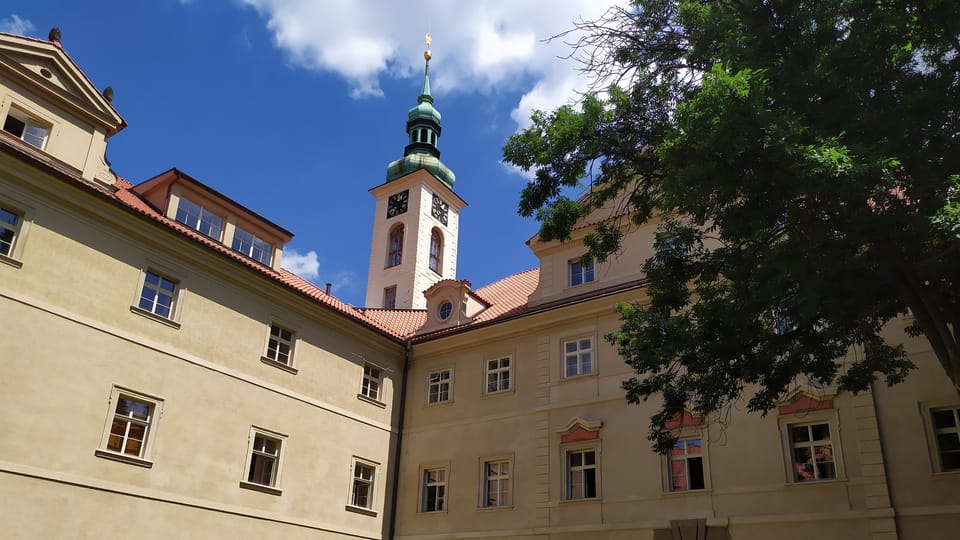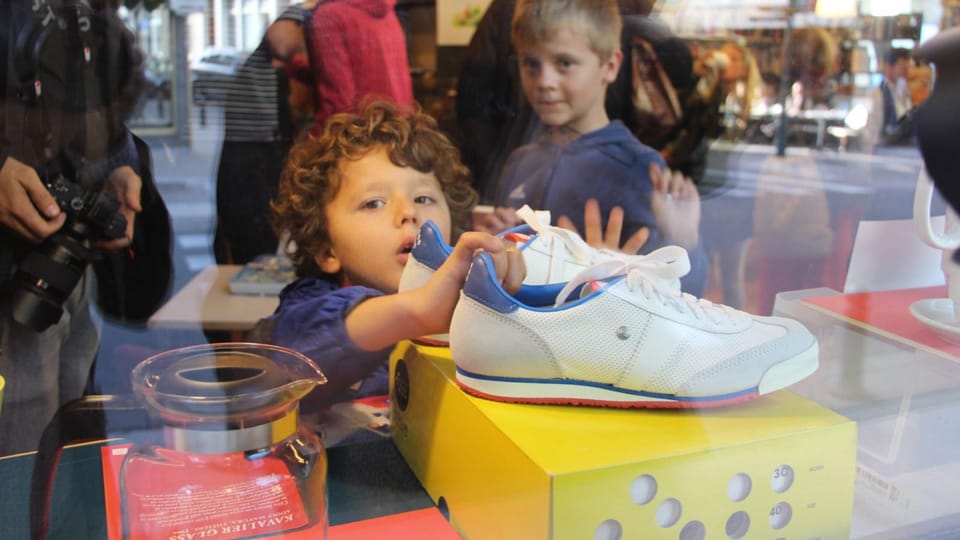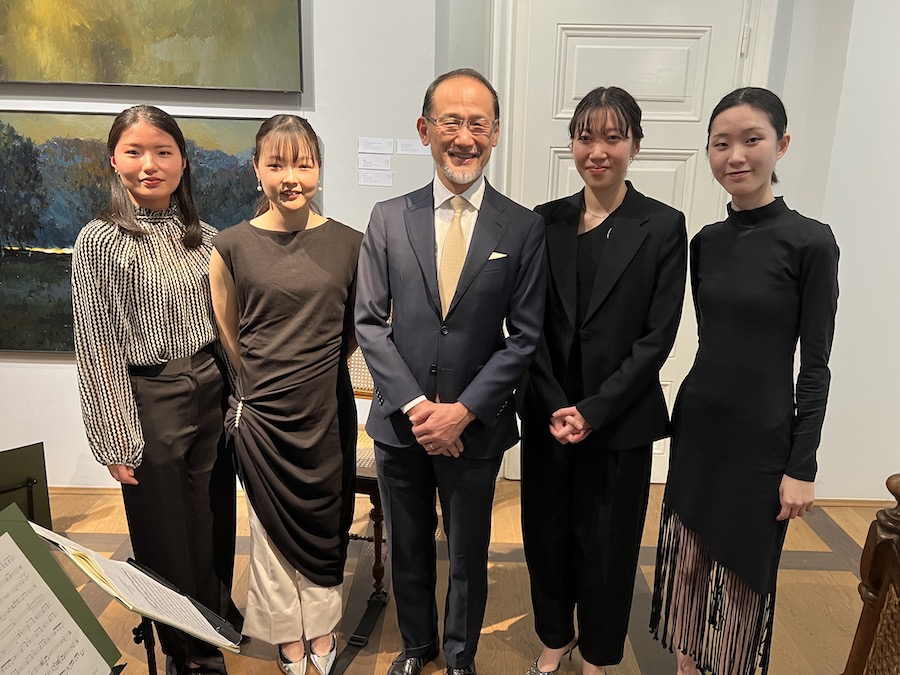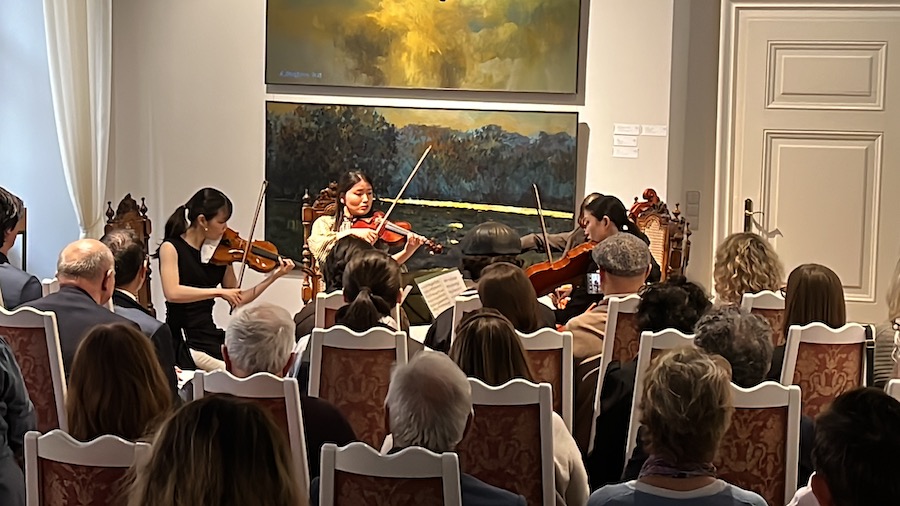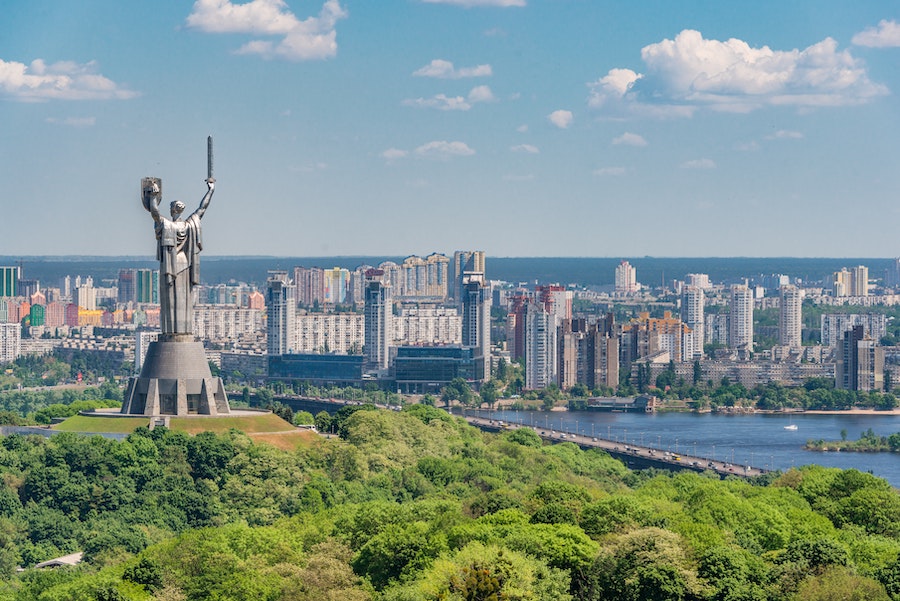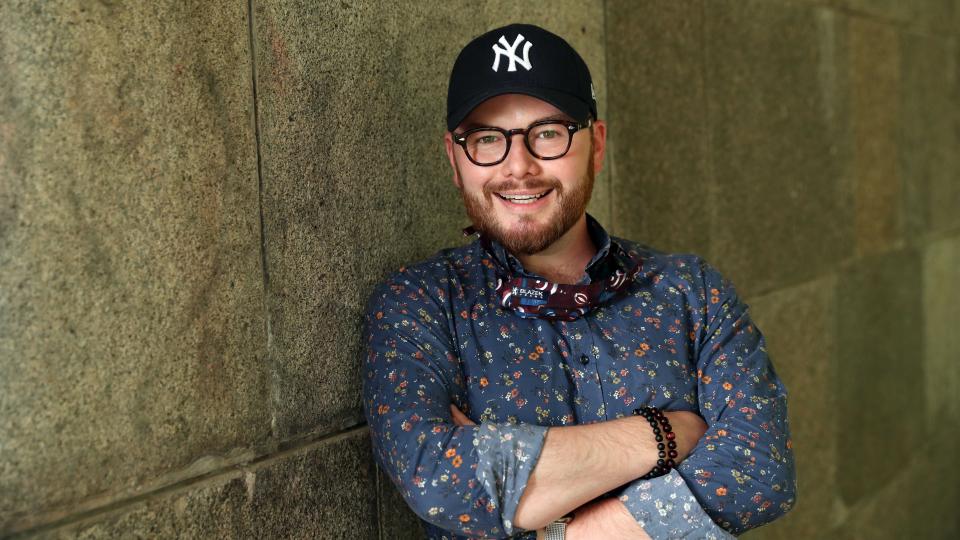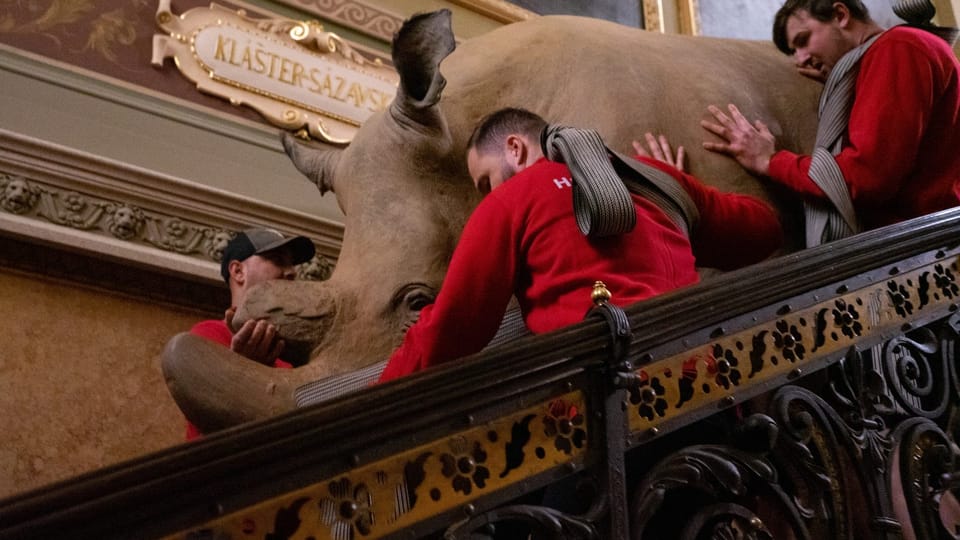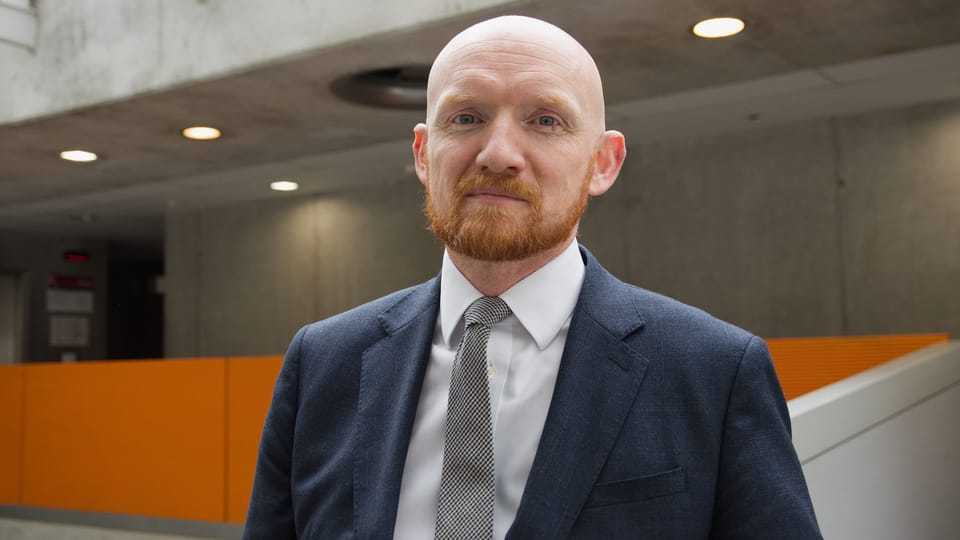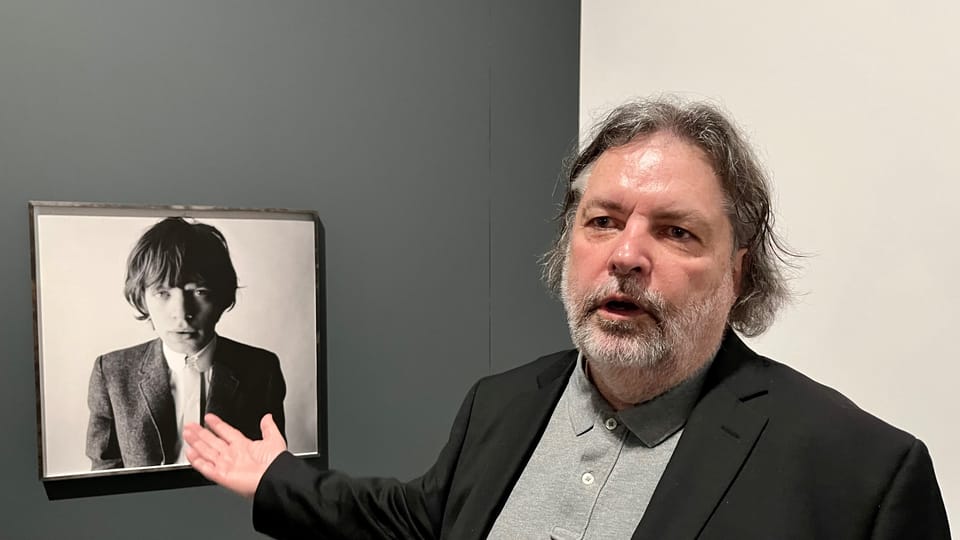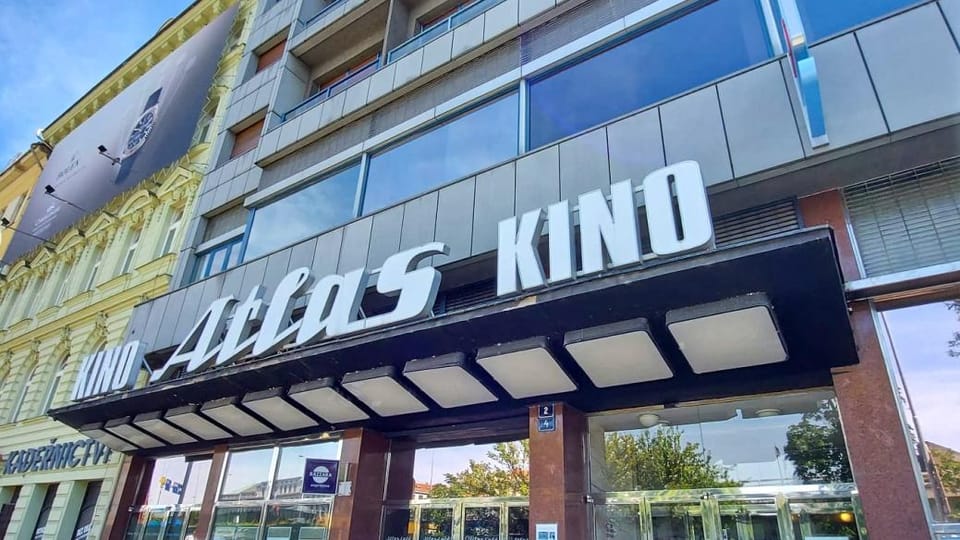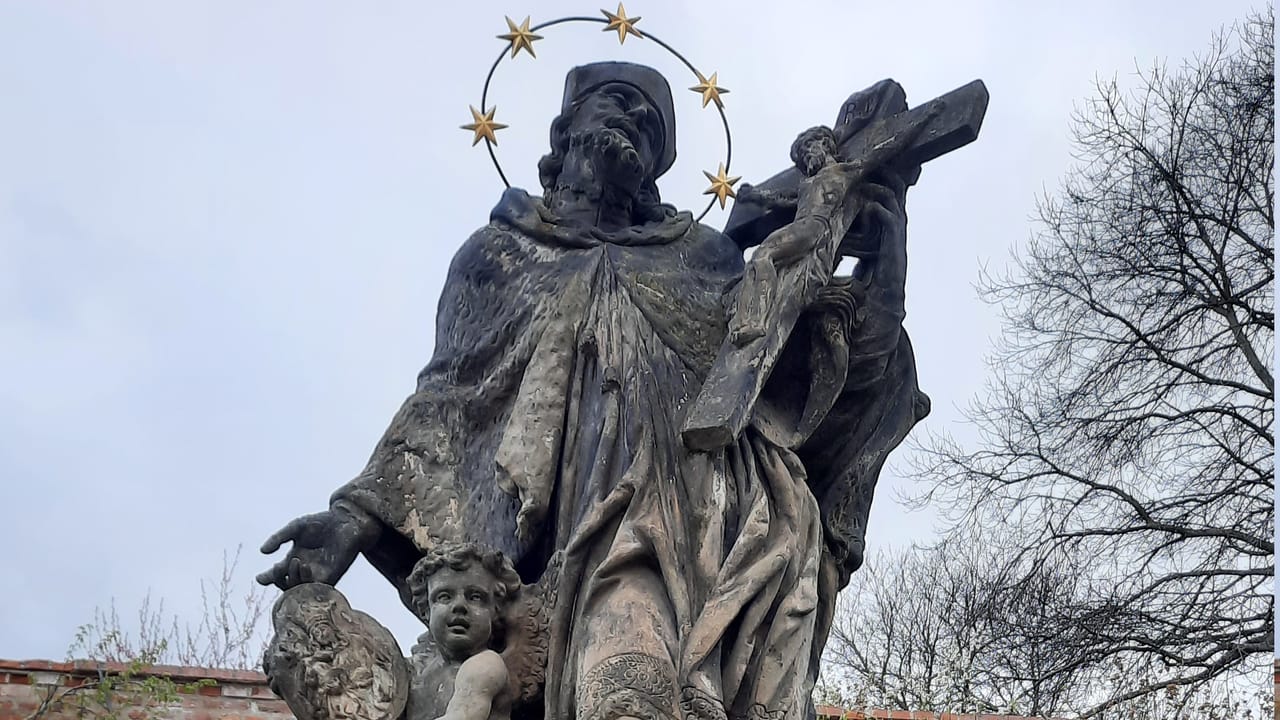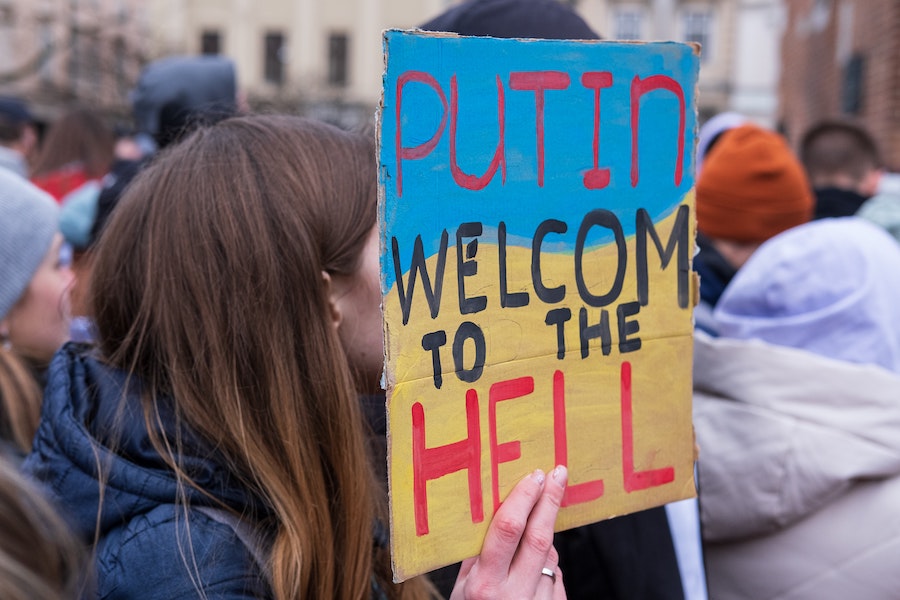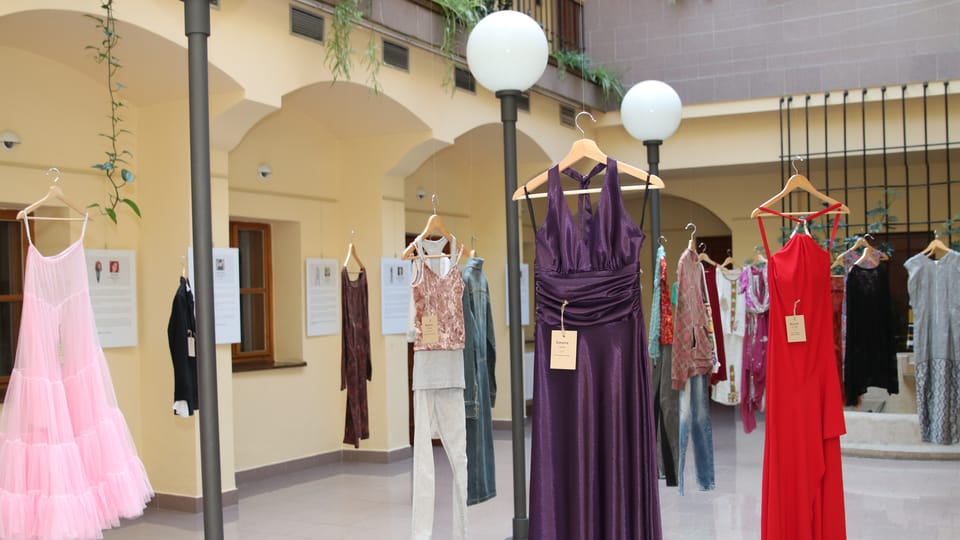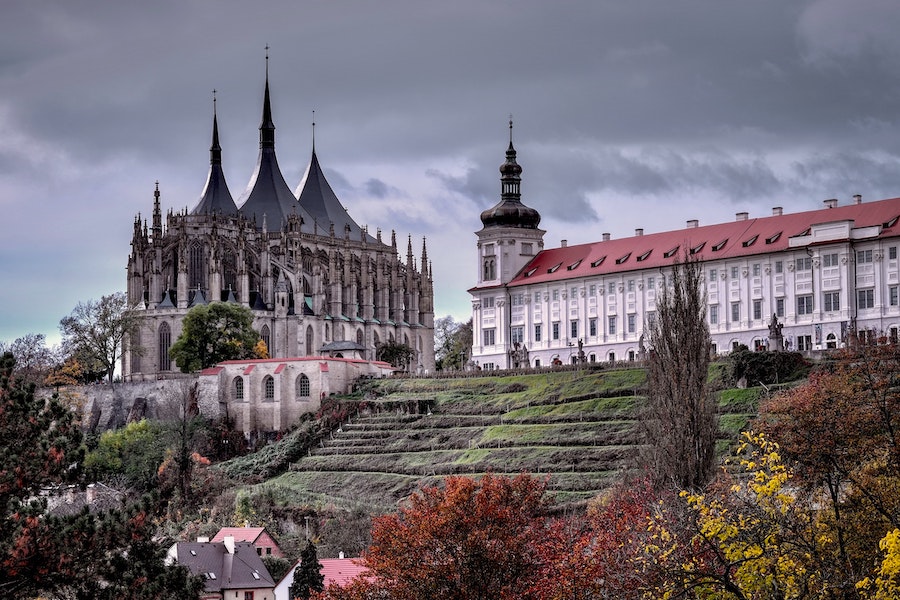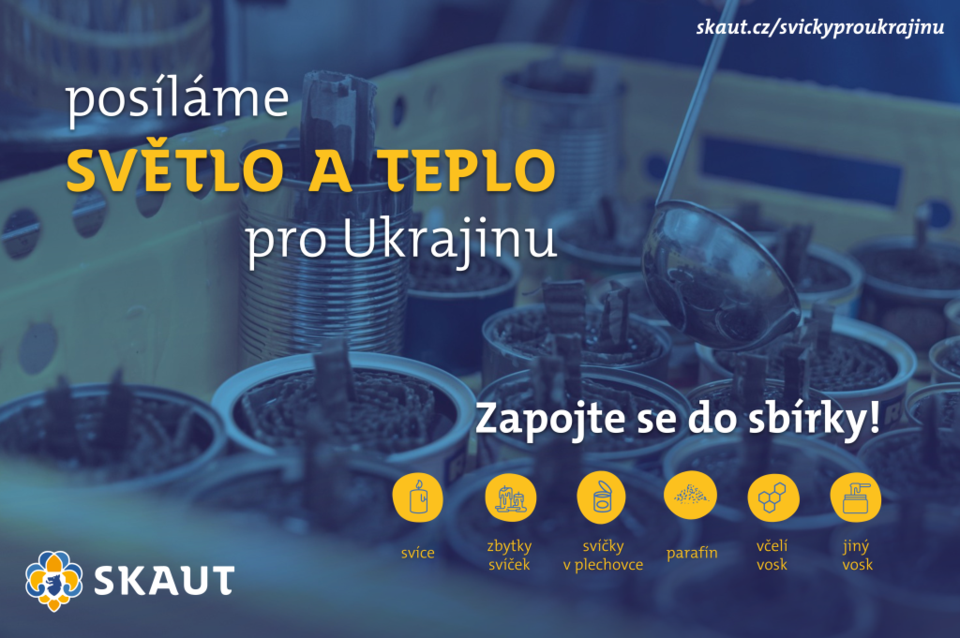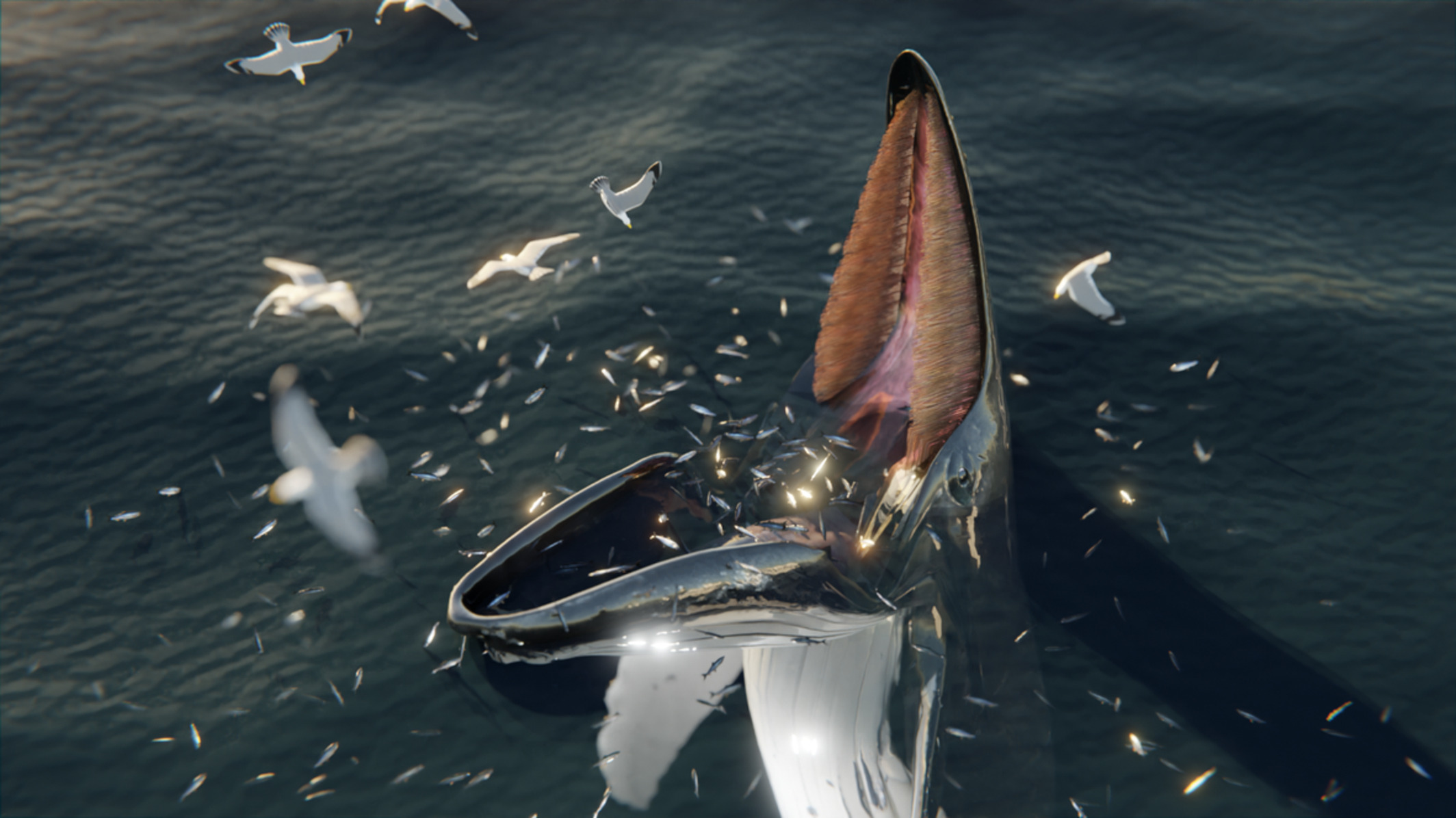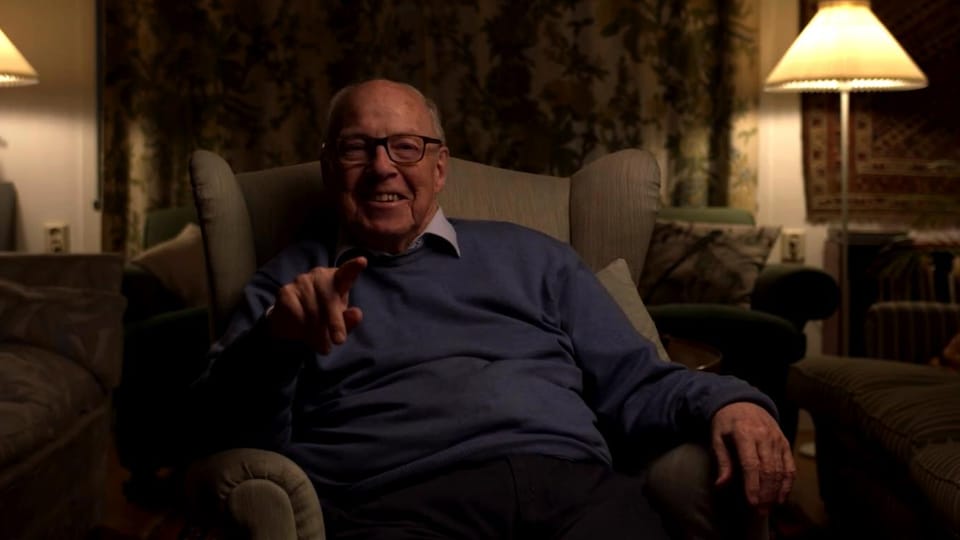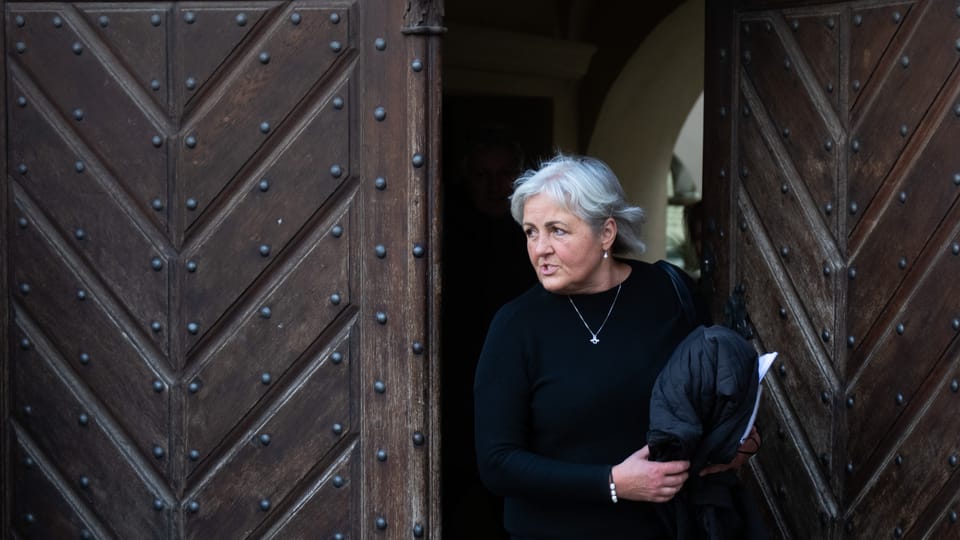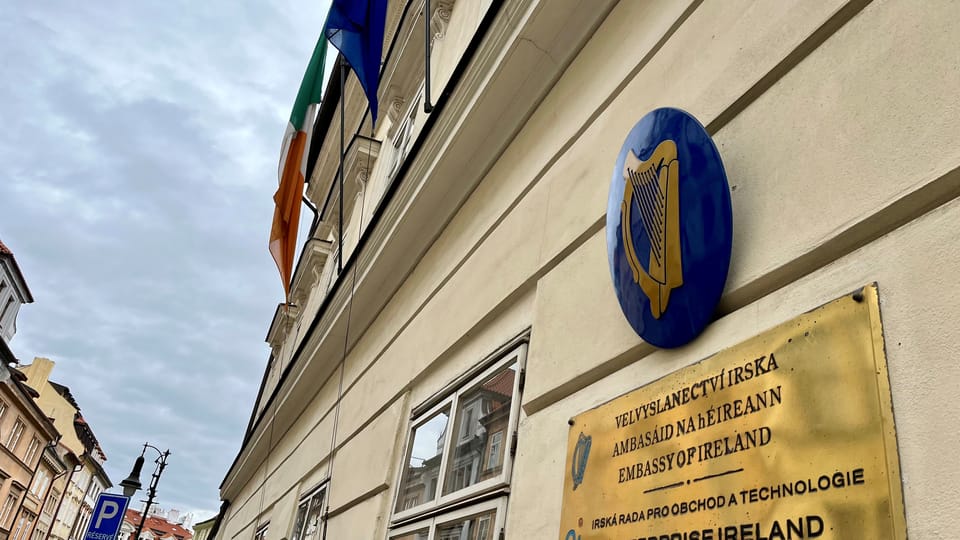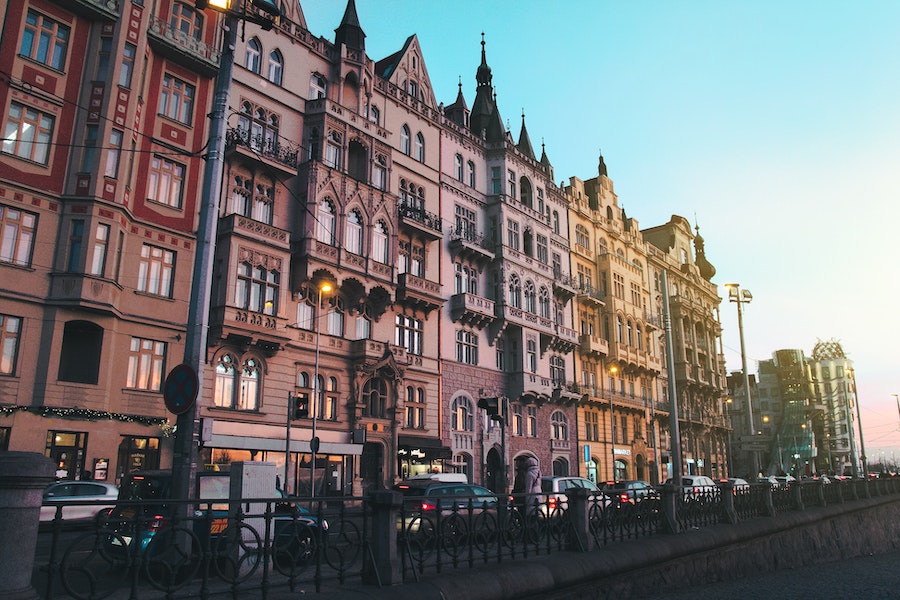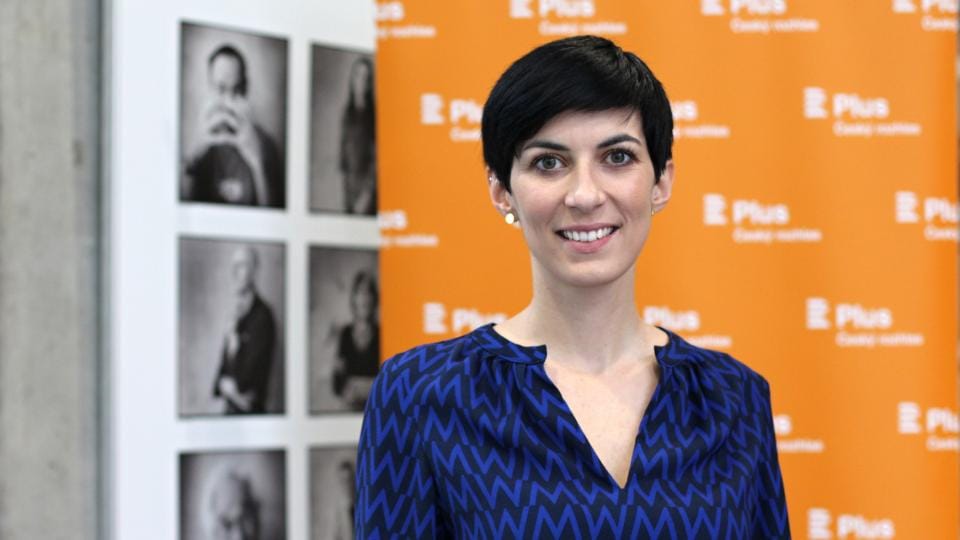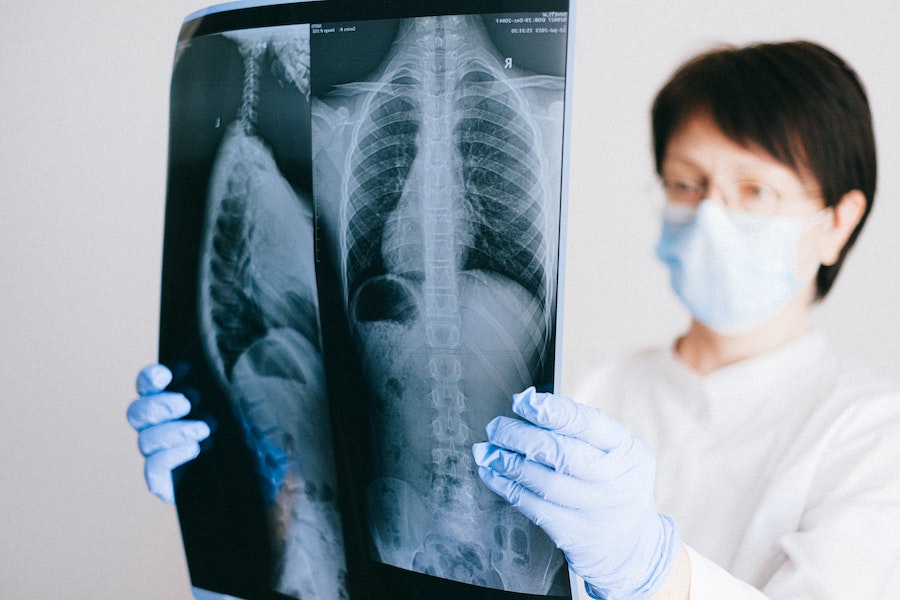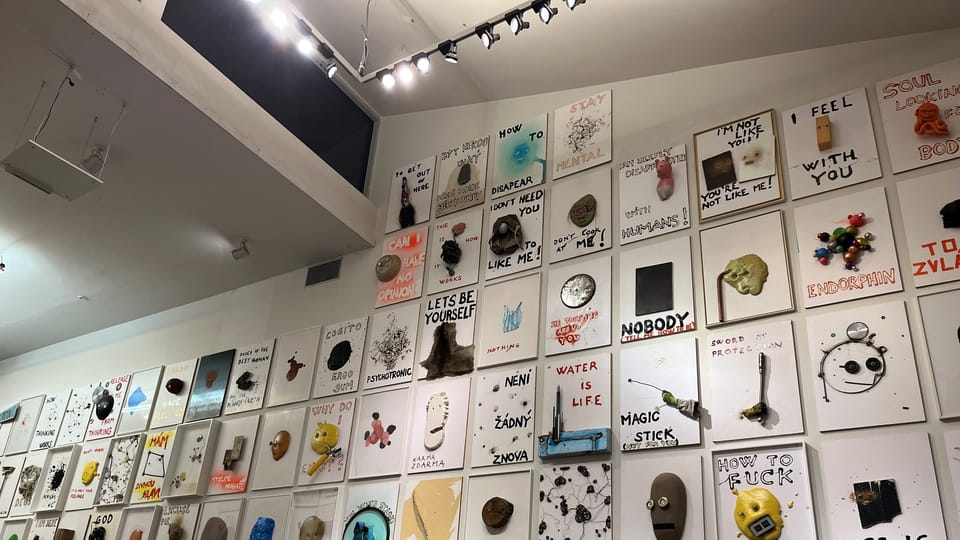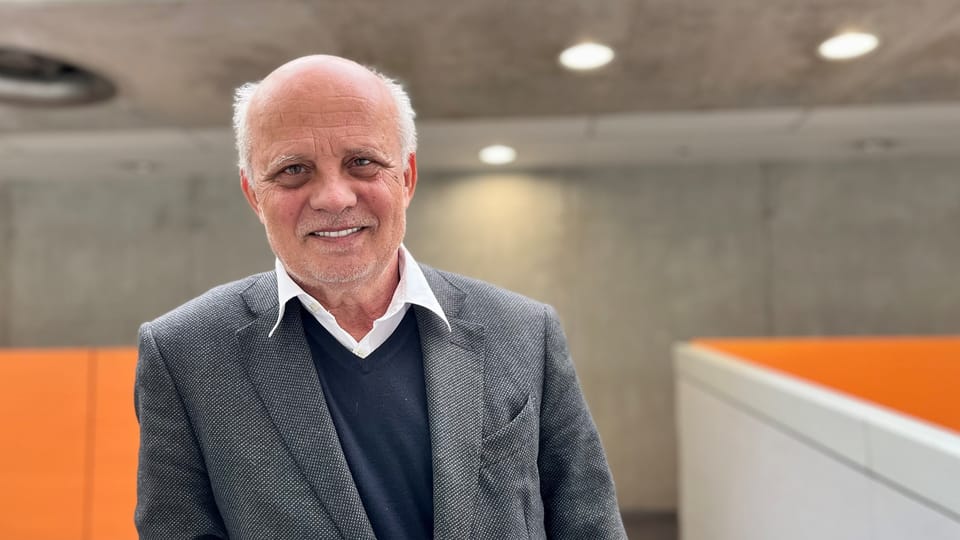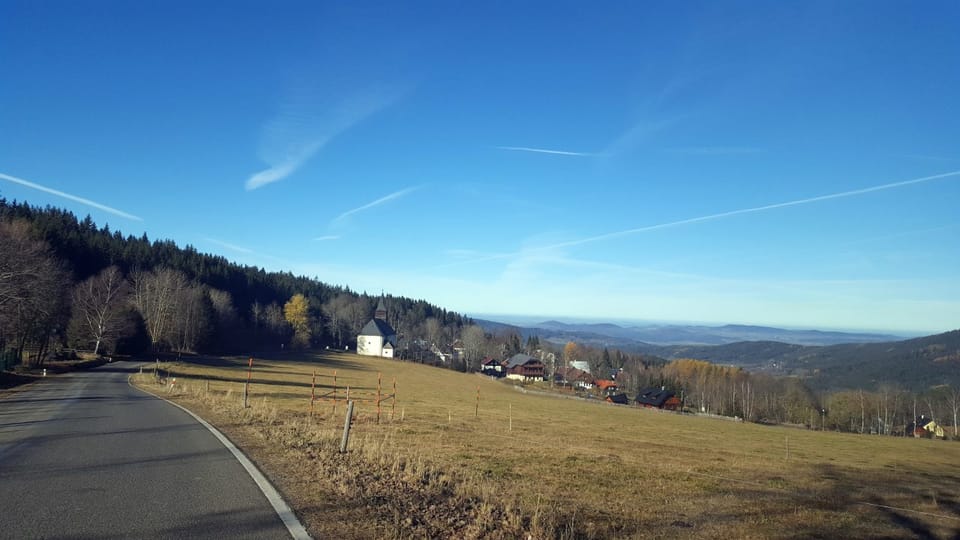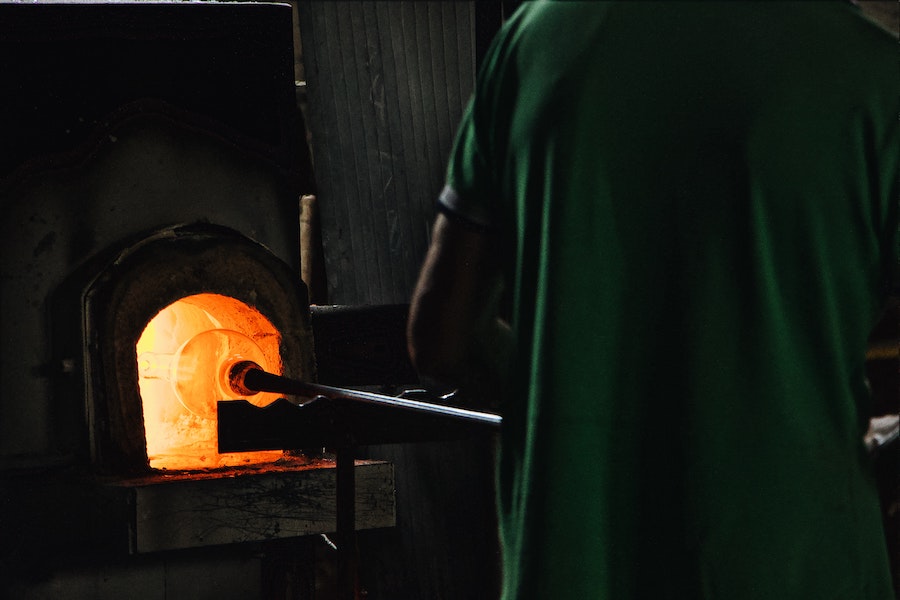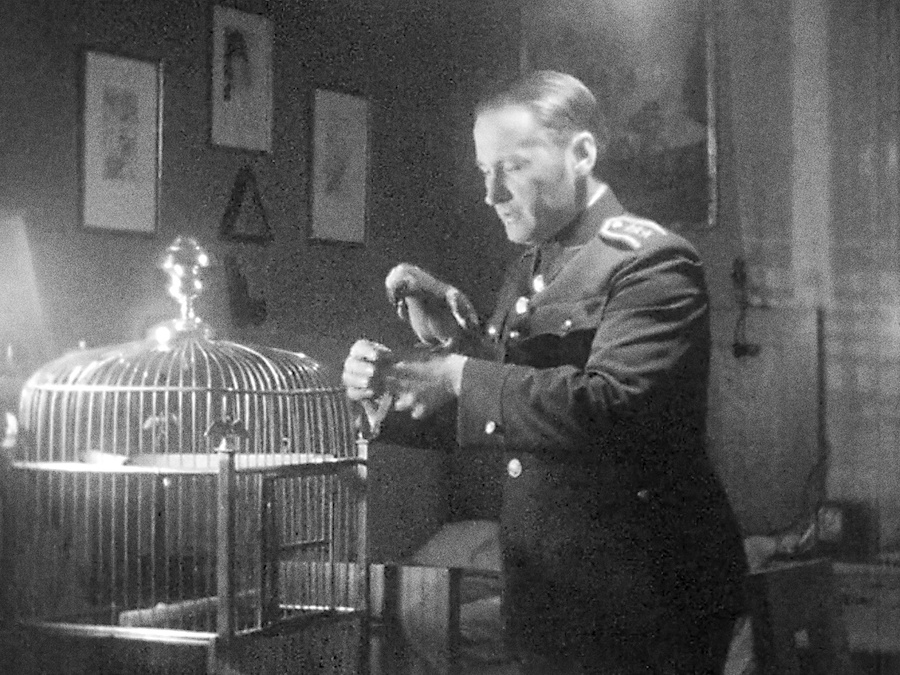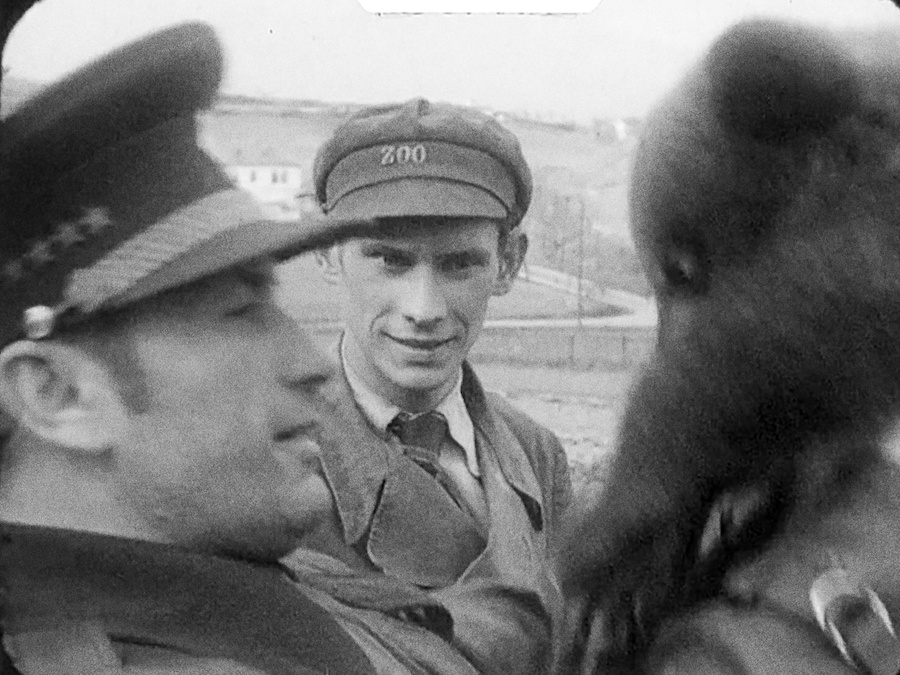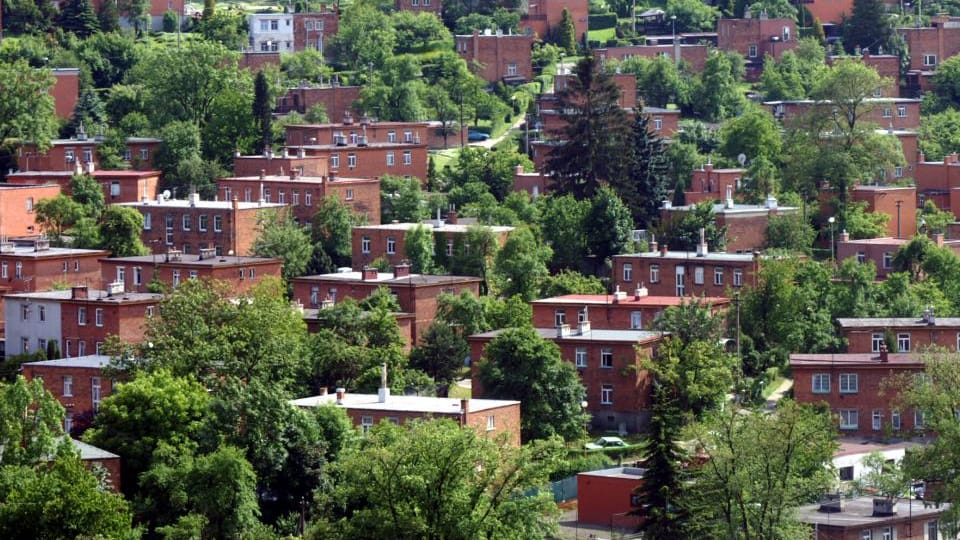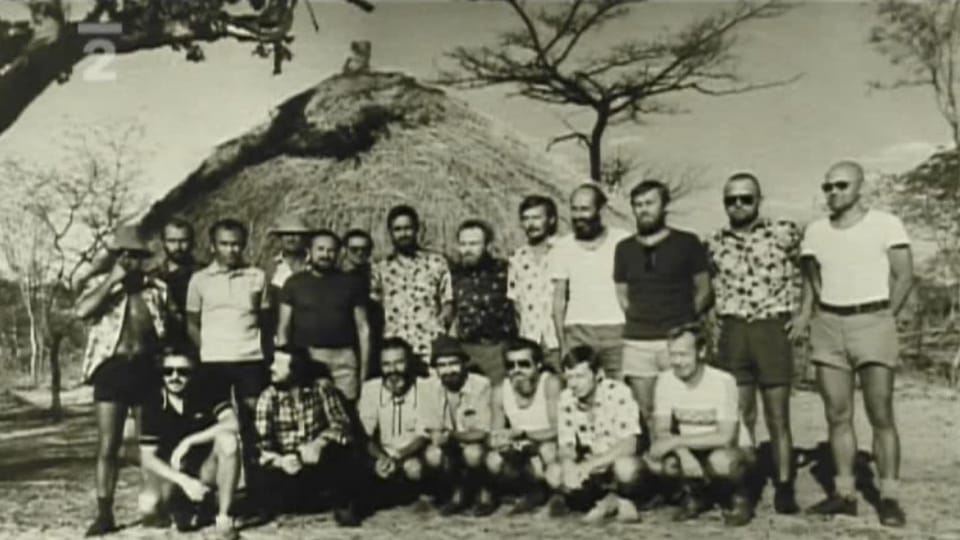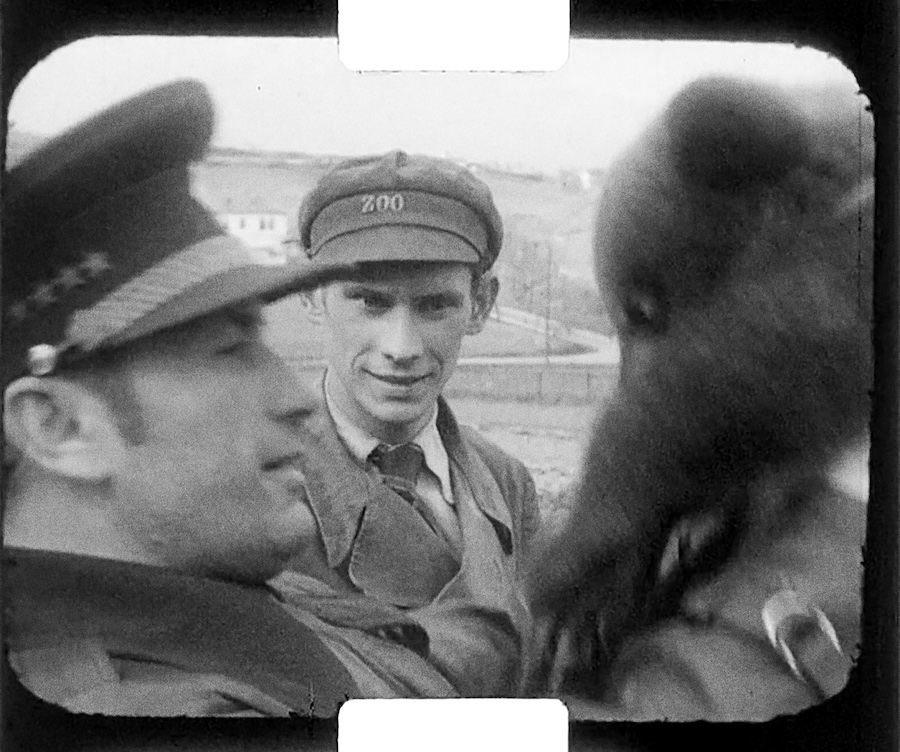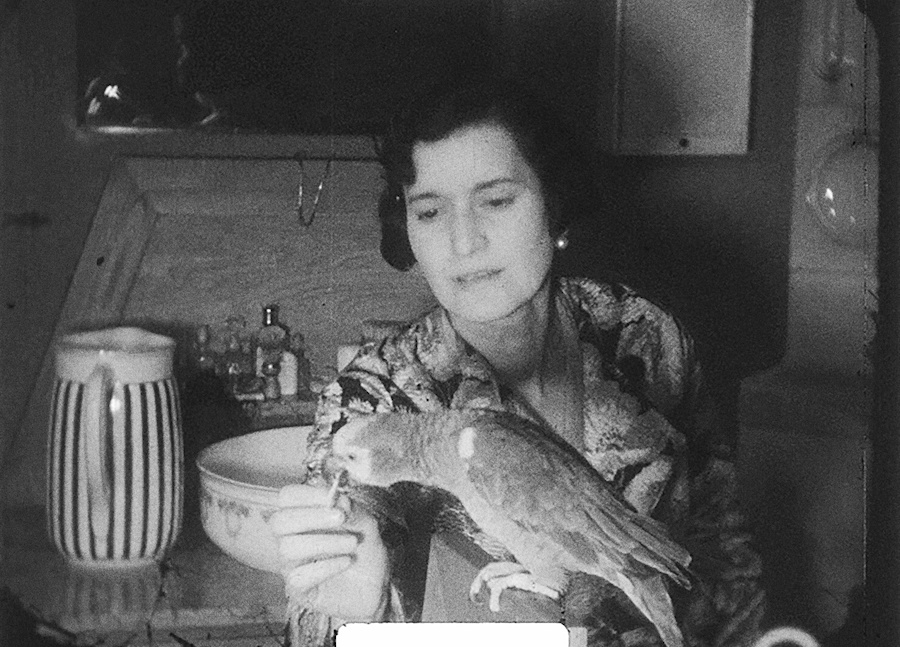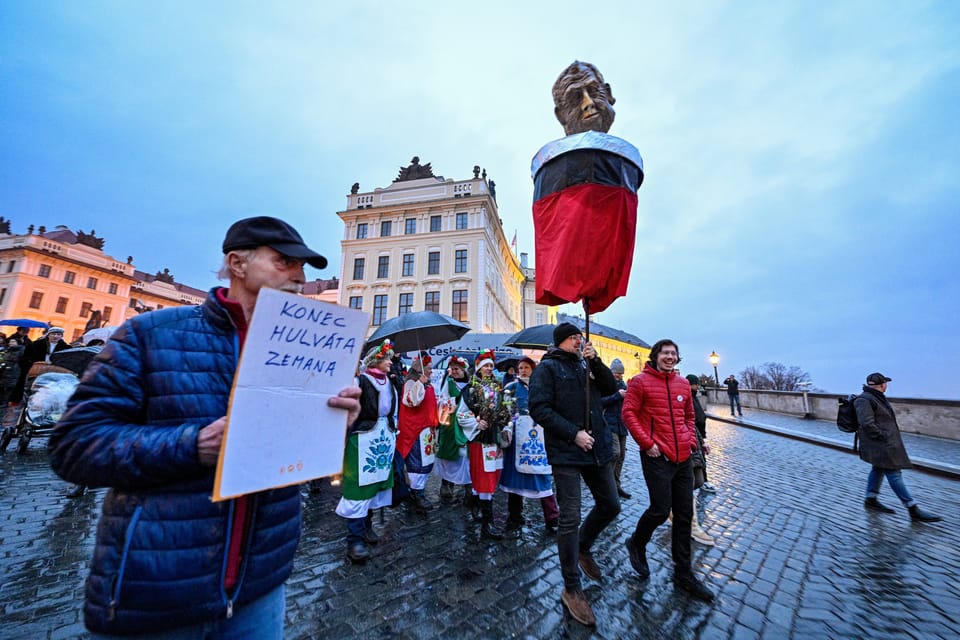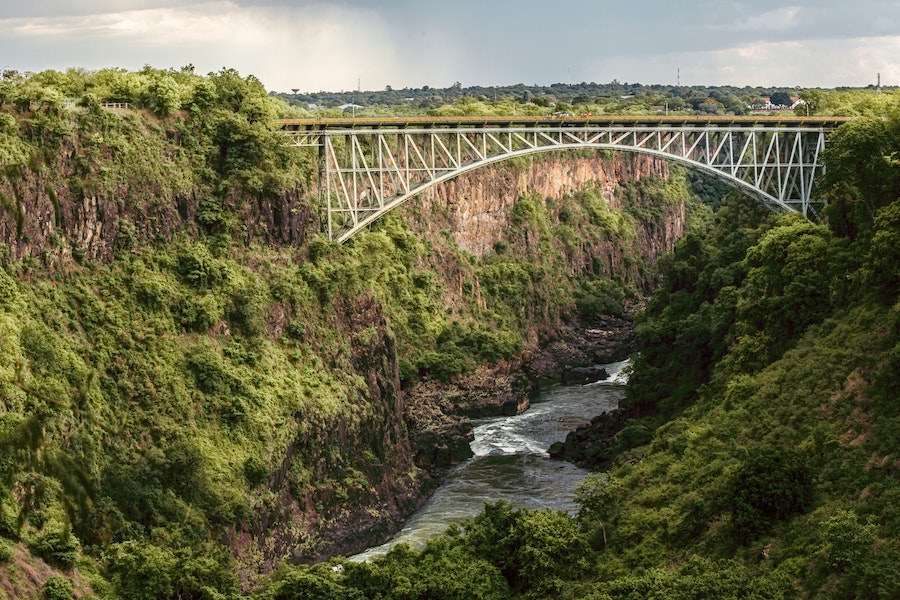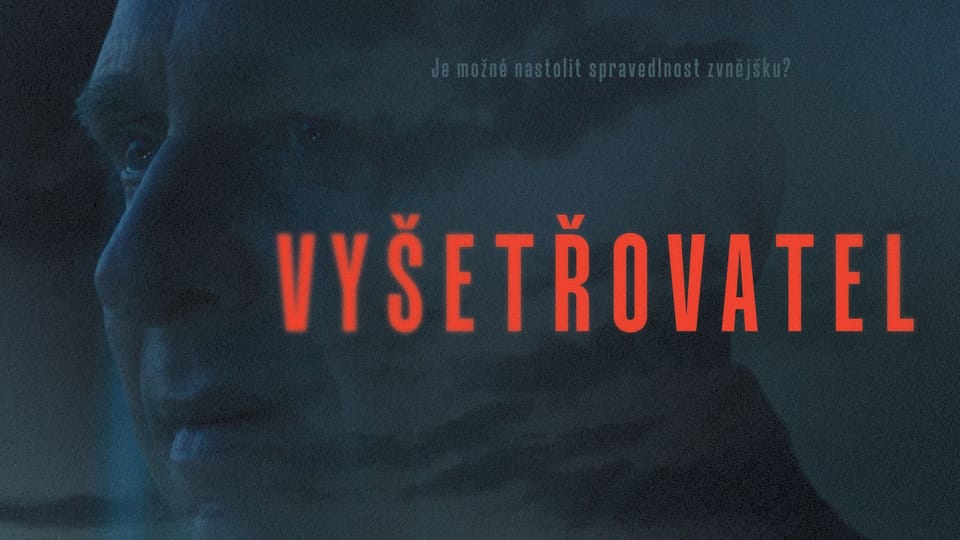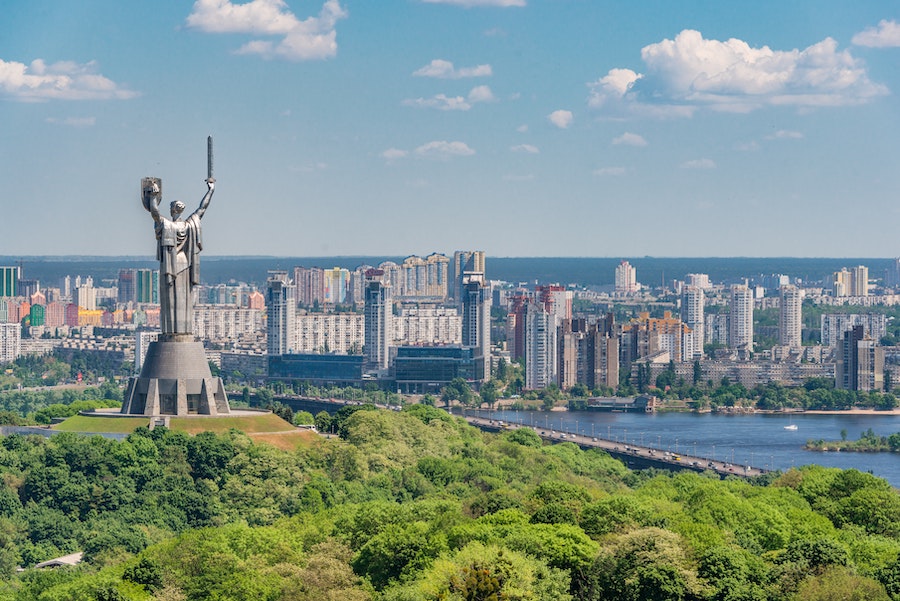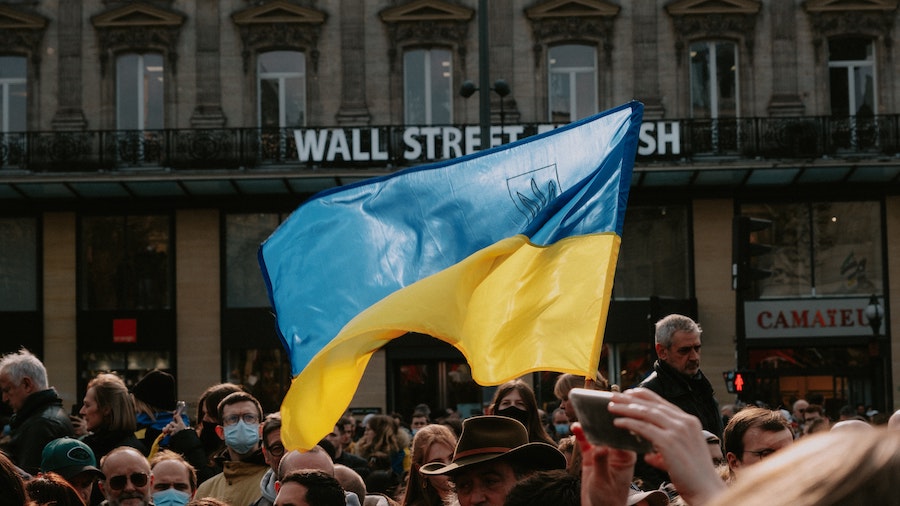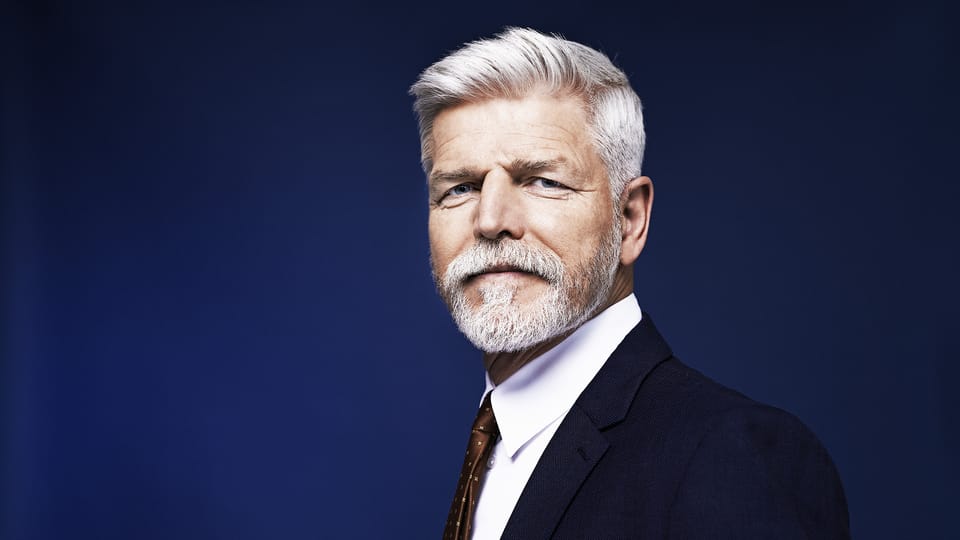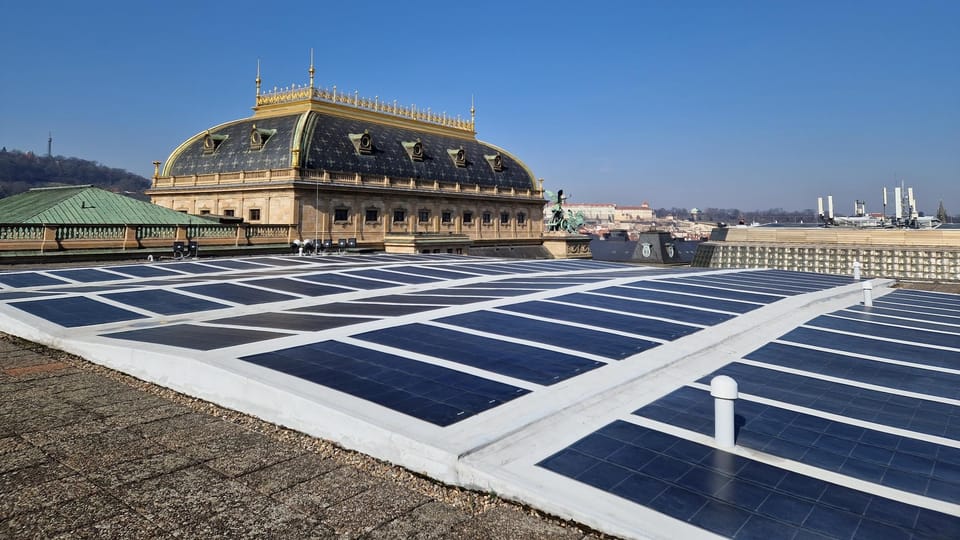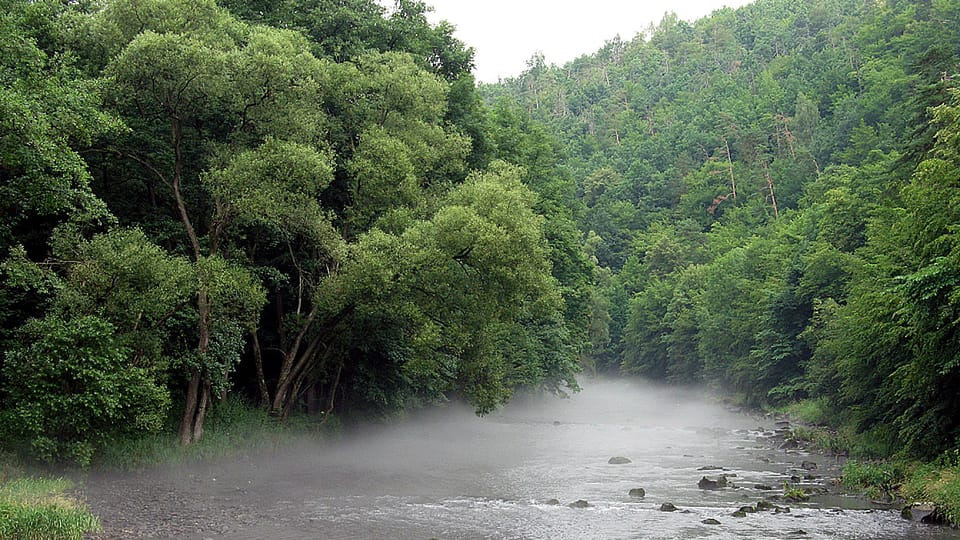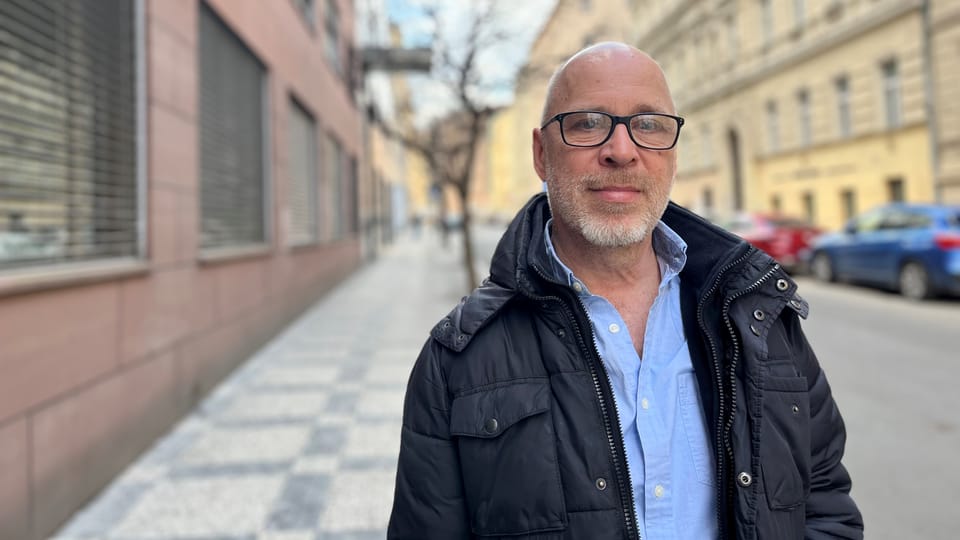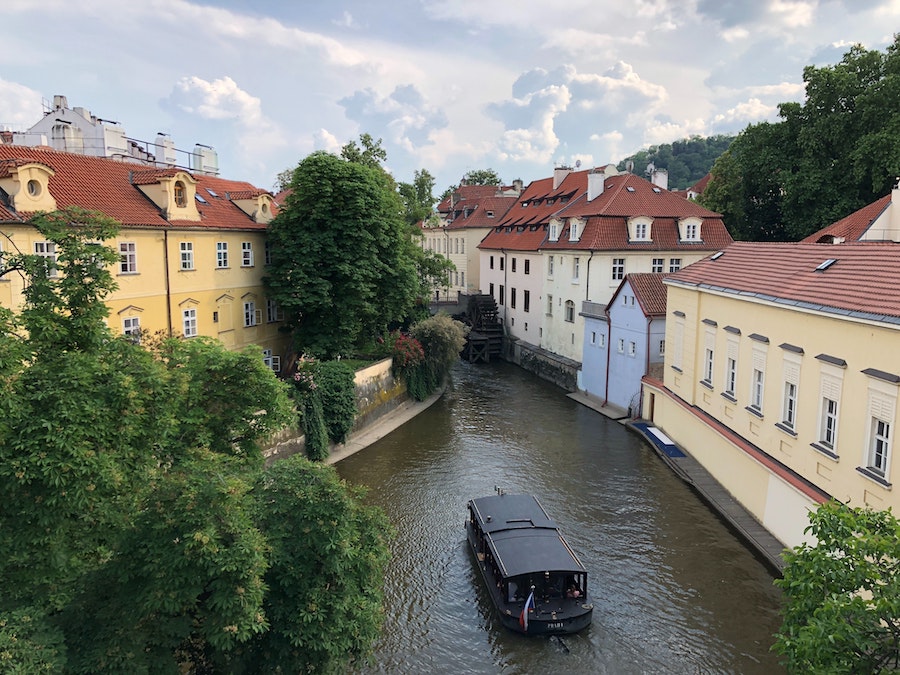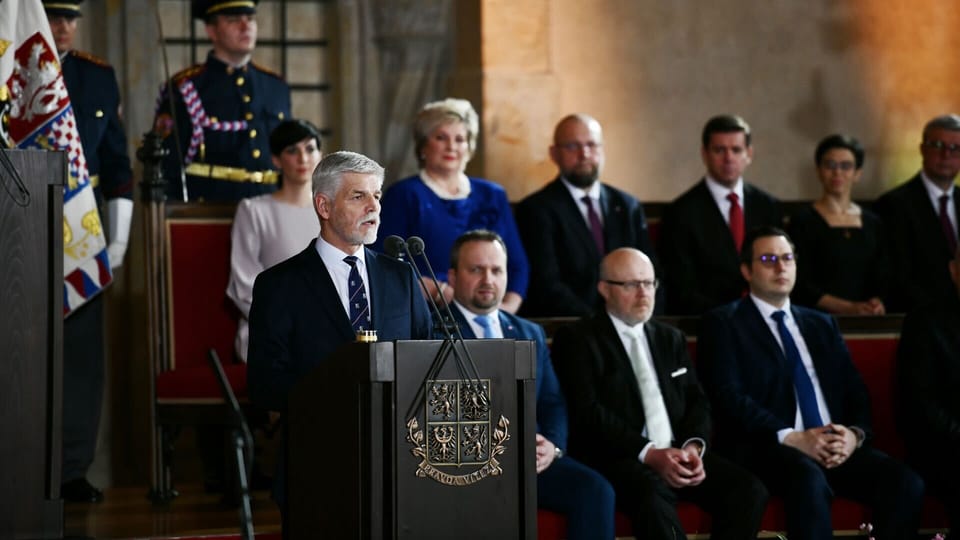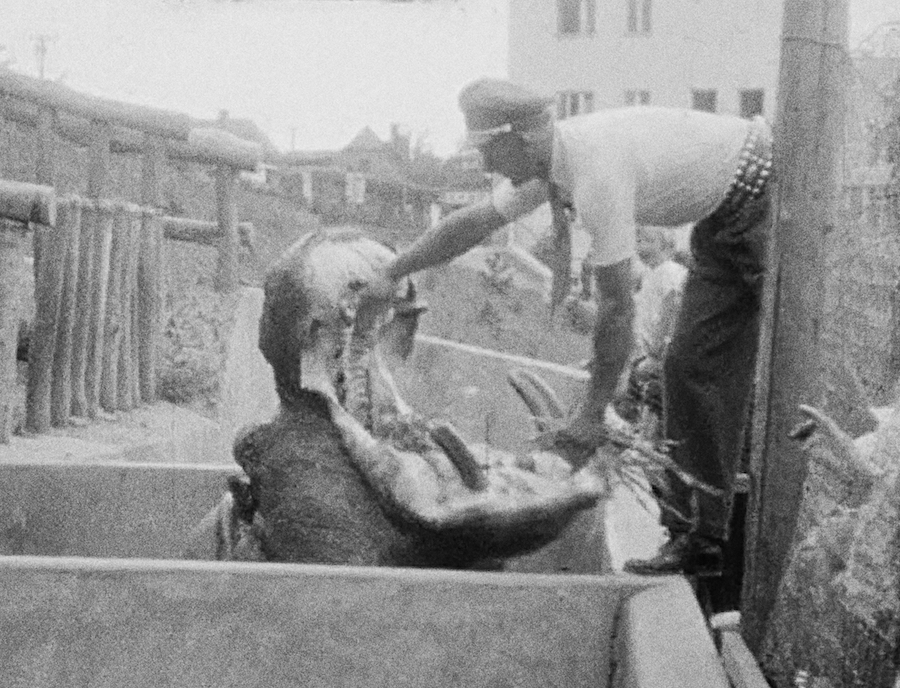
Thirteen films, which found their way to us from the Austrian Film Museum, provided us with a great deal of information about the look and functioning of Prague Zoo in the 1930s. Even more exciting is the discovery that there probably were – or still are – many more of these films. Perhaps up to twenty-one! We know that thanks to the search done by the historian Dr Kateřina Jíšová from the Prague City Archives, who succeeded to find a surprising amount of information about Col Eng Josef Zelinka (1893-1948) and his wife Helena (1892-1952).
I immediately found very interesting one of her first findings, namely that the bride’s brother-in-law dentist Dr Jaromír Křečan was the best man at Zelinkas’ wedding. He became a recognized specialist at the dentist clinic of Prof Dr Jan Jesenský, while Prof Jesenský often visited the renowned salon of Jarmila Klatovská, the daughter of the founder of Prague Zoo Prof Jiří Janda. Dr Křečan himself enjoyed spending time in society, particularly in artistic society. These links might probably shed some light on how the Zelinkas became friends with Prof Janda and established a rather intimate relationship with him – as can be seen in the film footage. At the same time, however, it is necessary to add that the Zelinkas themselves were in the centre of social life. Their residence at Salvátorská 8 was also the home of both brothers-in-law of Helena Zelinková: already mentioned Dr Křečan and above all the publisher Jan Štenc, at whose place the best artists and other eminent celebrities of the time were meeting.
Dr Jíšová’s research also revealed many other interesting facts and connections, but from my point of view the most important is the number twenty-one, mentioned in the introduction of this column. Thus, the fact that the films, made by Col Zelinka, might not have been thirteen, but twenty-one. This follows the property inventory that had been compiled after the death of Helena Zelinková in October 1952. Besides many other items these are listed in it:
13) 1 projector brand Pathé Vox 9/5 mm………… 8,000.-
14) 21 rounded boxes per 200.-………… 4,200.-
15) 1 wall screen for the projection device………… 120.-
All evaluated items were taken over by Ms Jarmila Výborná
Thirteen out of twenty-one rounded boxes undoubtedly contained thirteen films, which are now in the Austrian Film Museum. Inside the remaining eight boxes there were perhaps eight more reels – and of course we would be enormously interested in them. Are they in some collection? Are they owned by descendants of their heiress, the sister of Col Zelinka, Ms Jarmila Výborná? Are they on sale somewhere? Or have they been irretrievably lost?
Of course, we would be grateful for any information. The films were most probably in Pathé format, with a width of 9.5 mm and with perforation between frames. And they would probably be introduced by the logo of Col Zelinka: Z in a circle.
Miroslav Bobek


